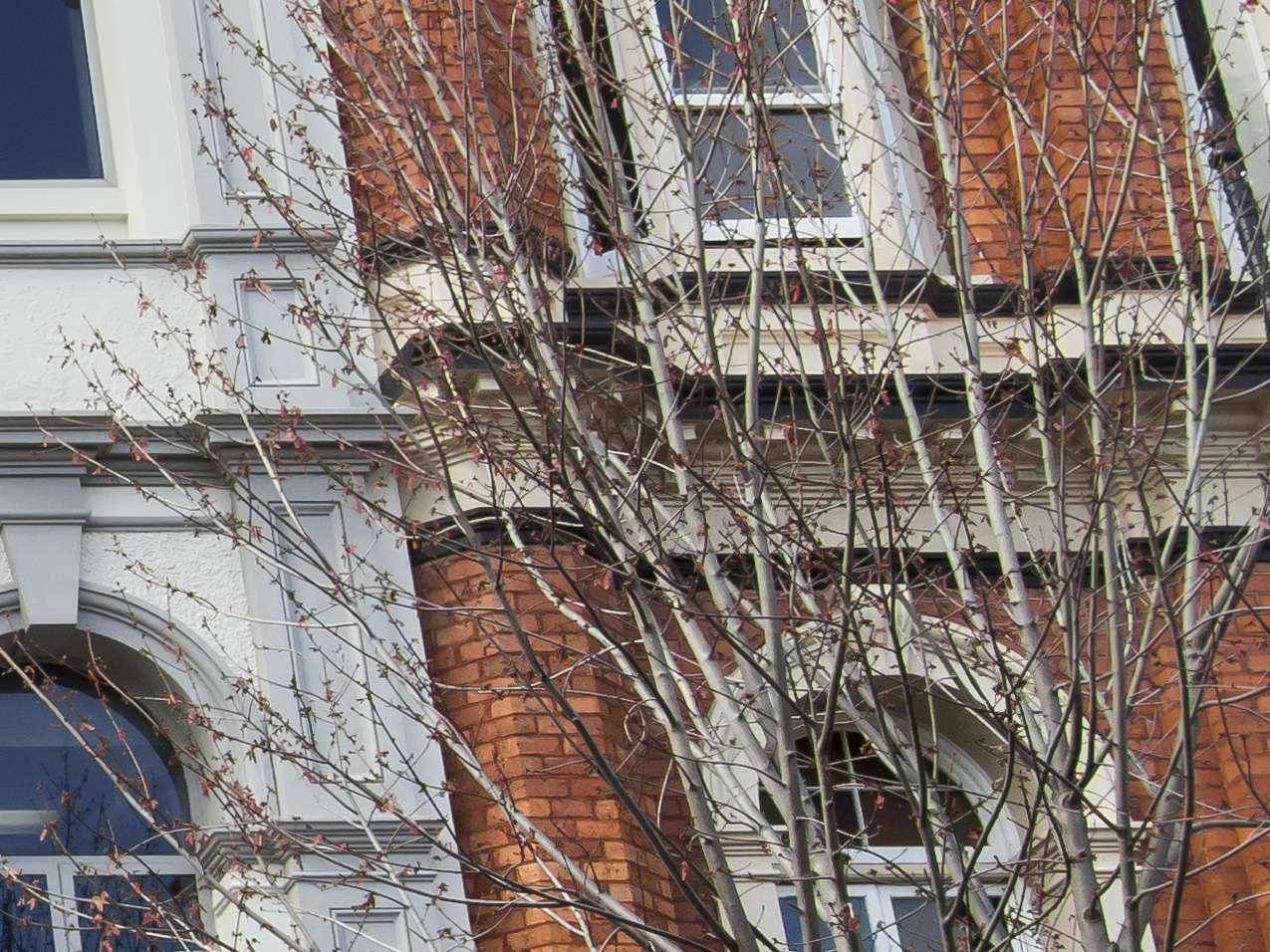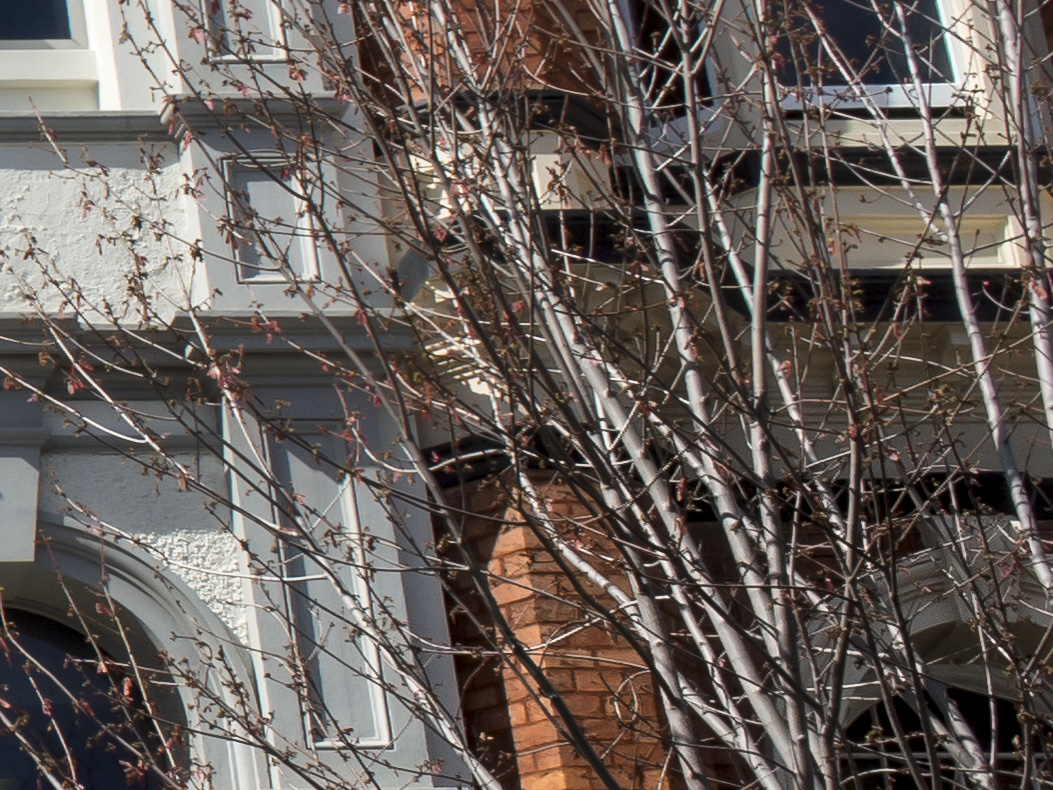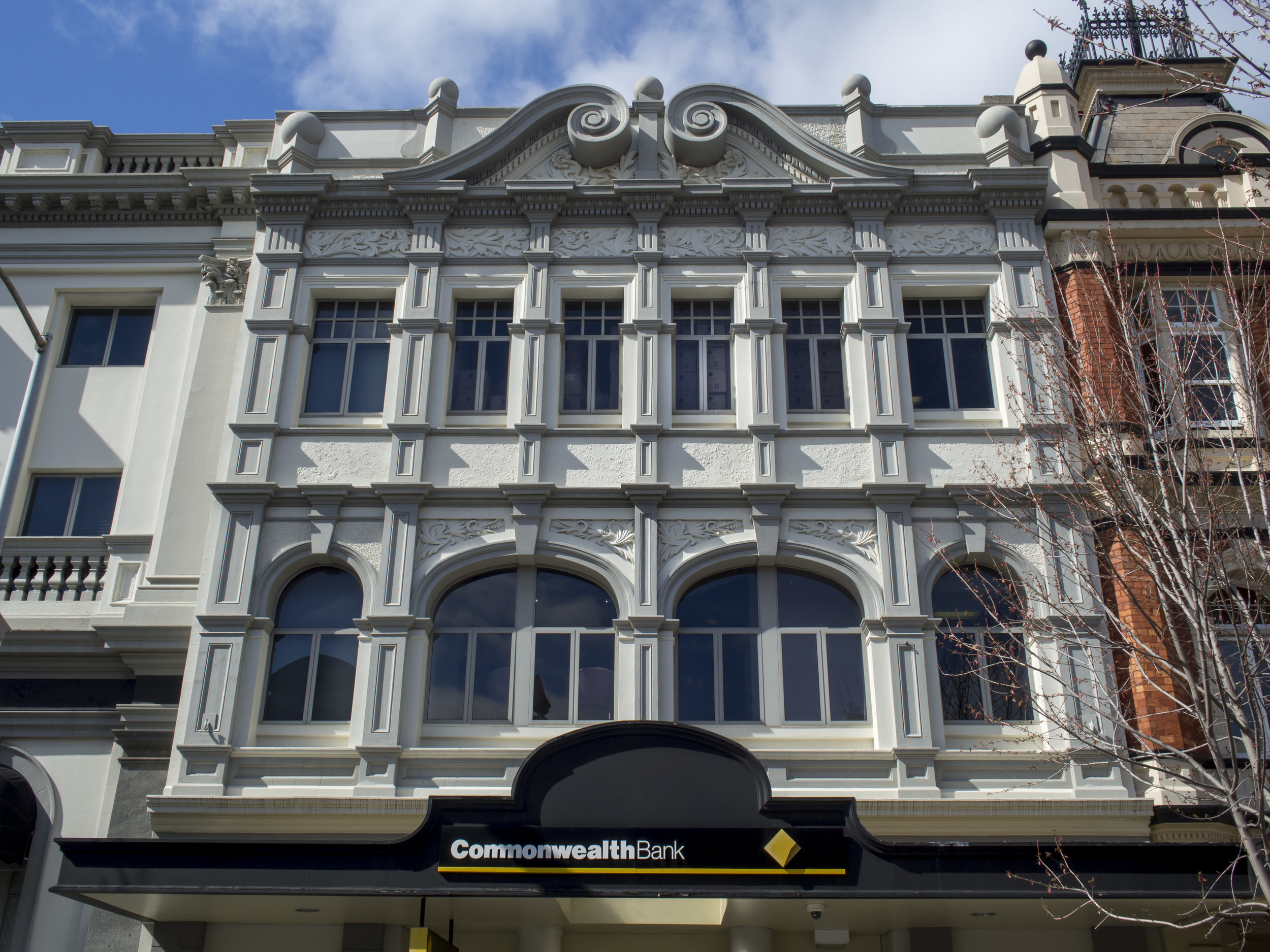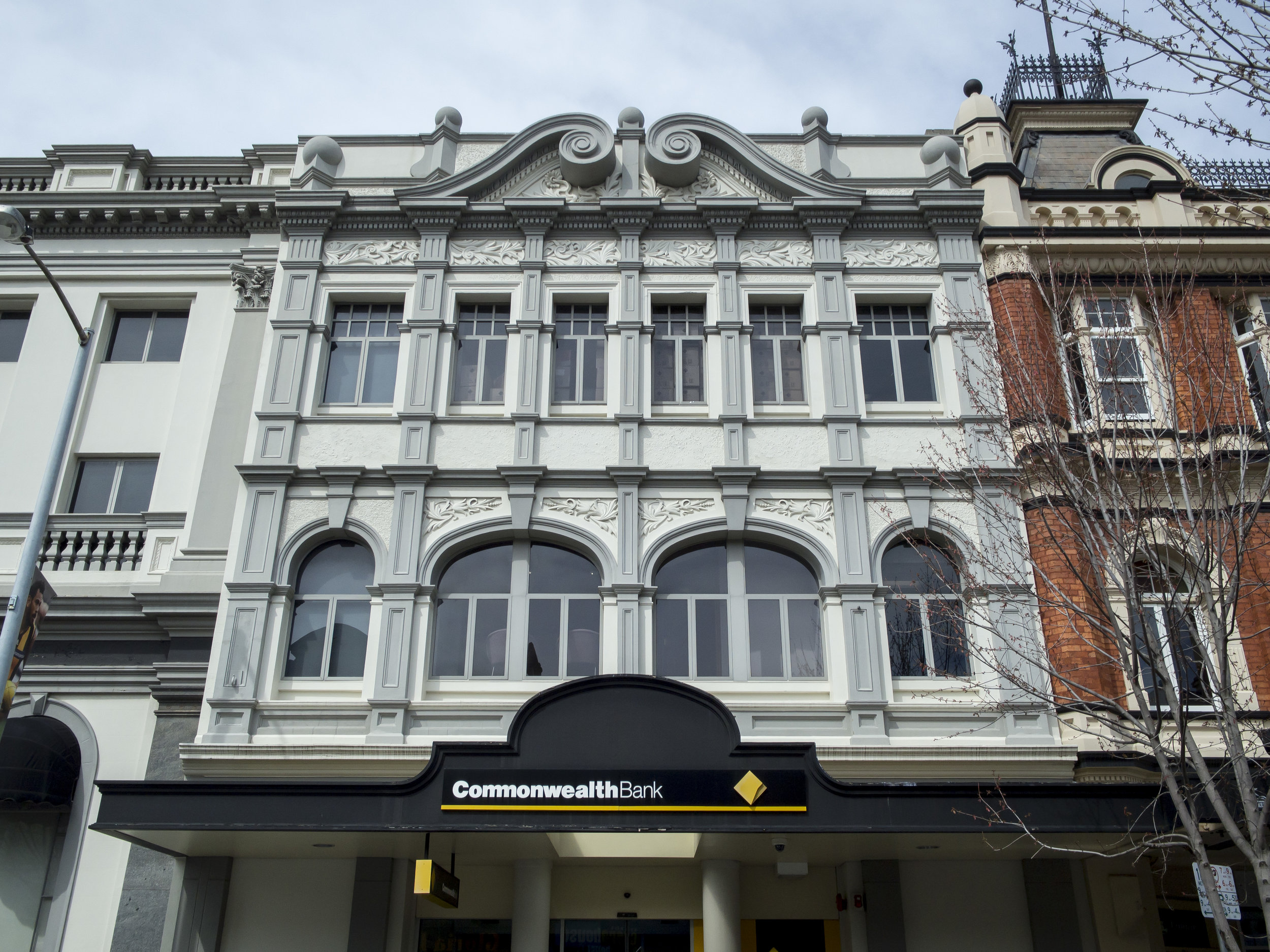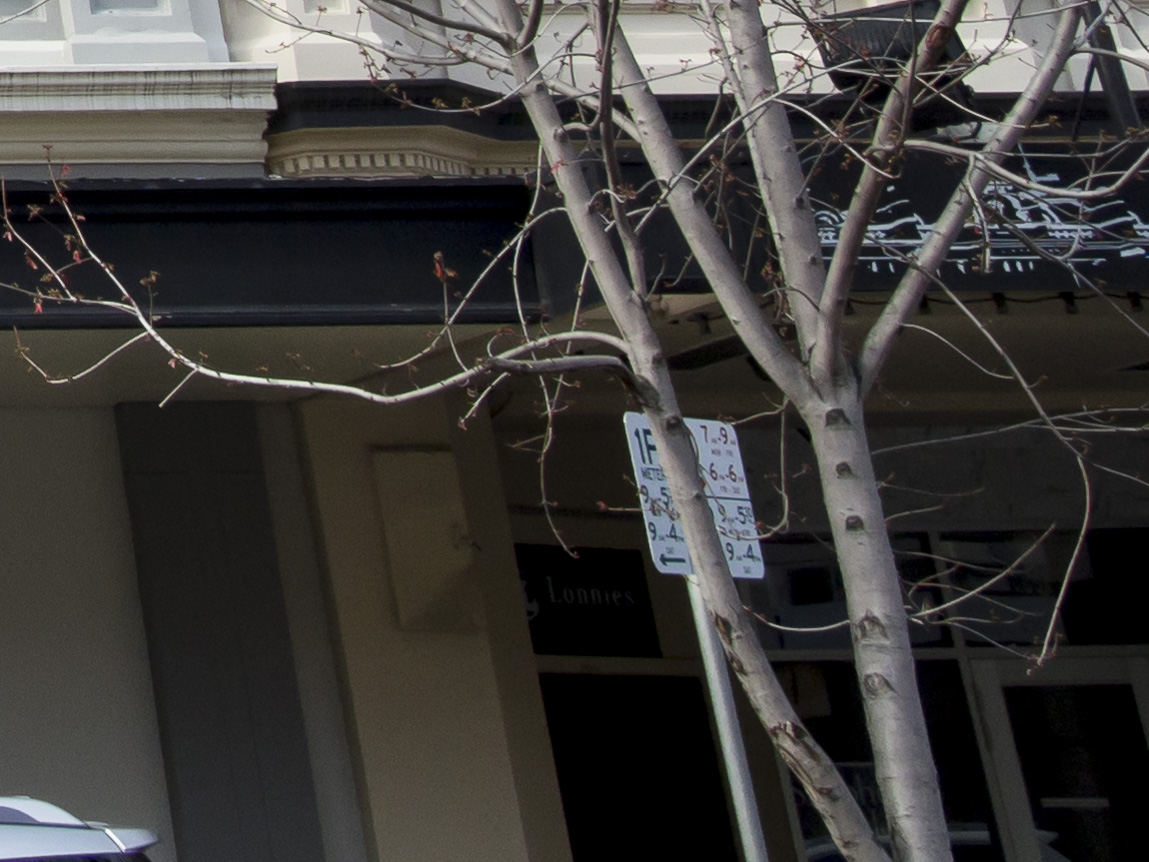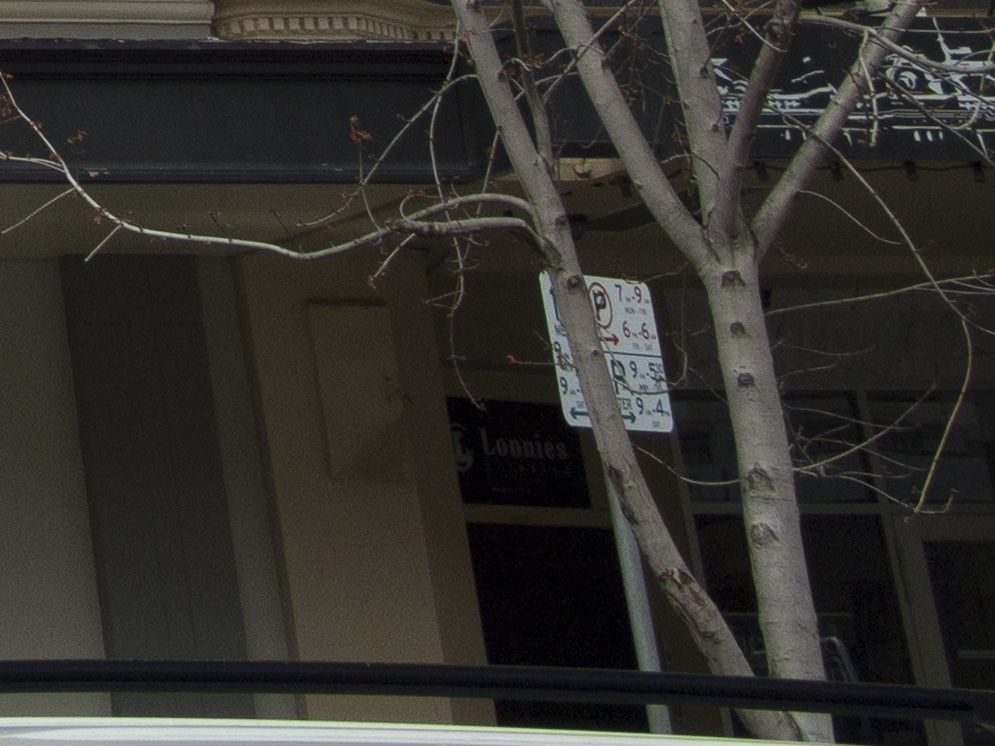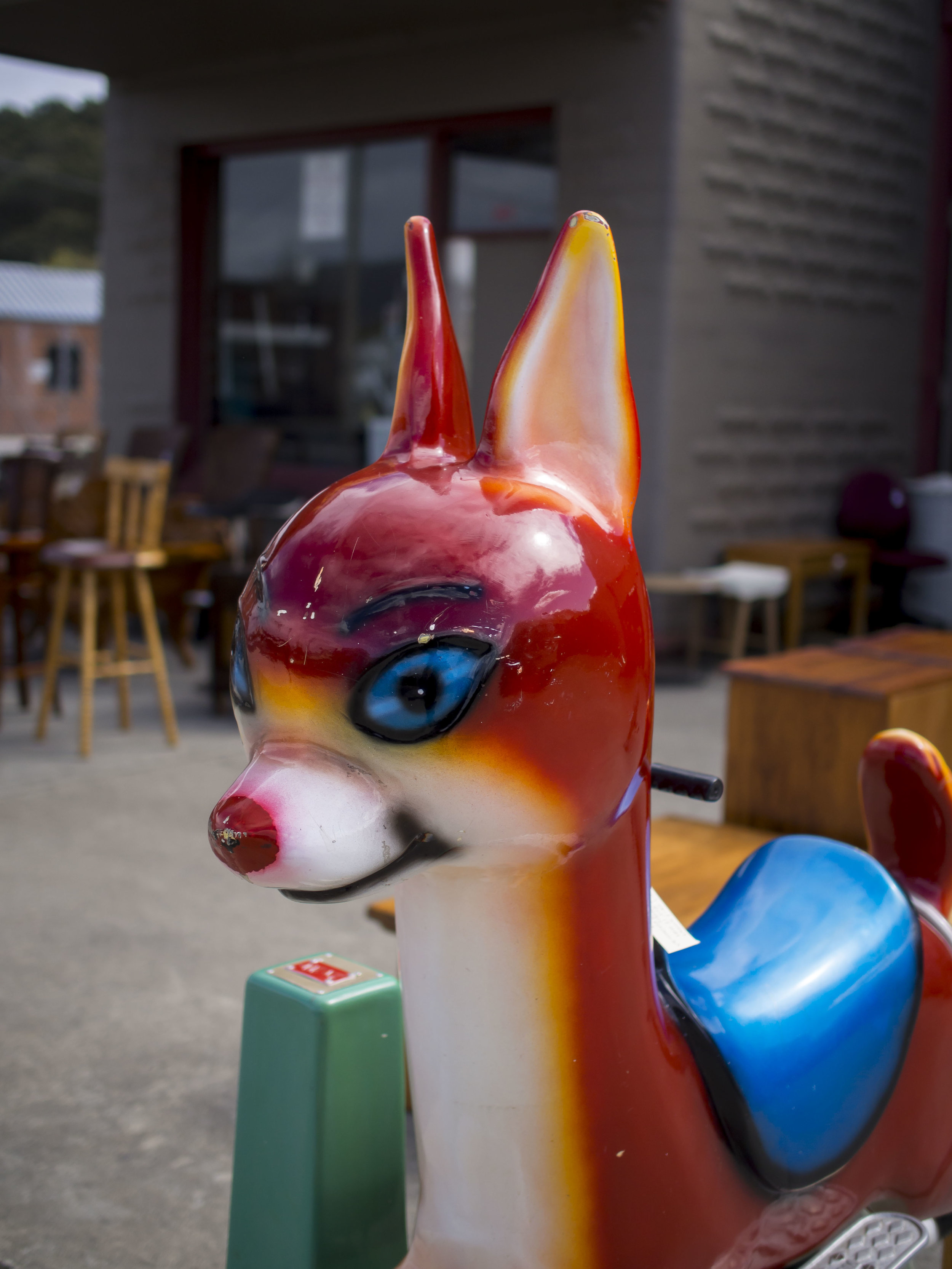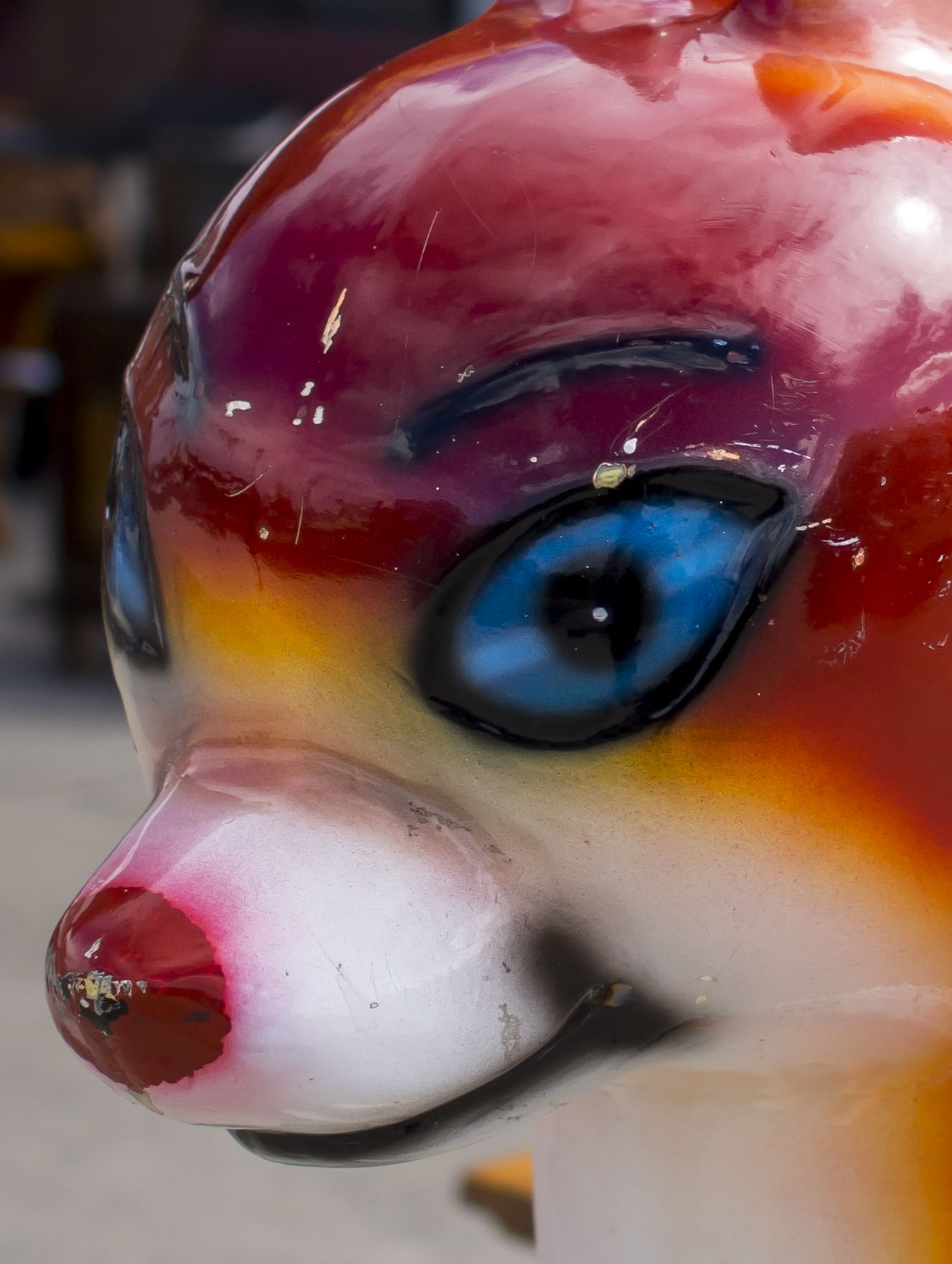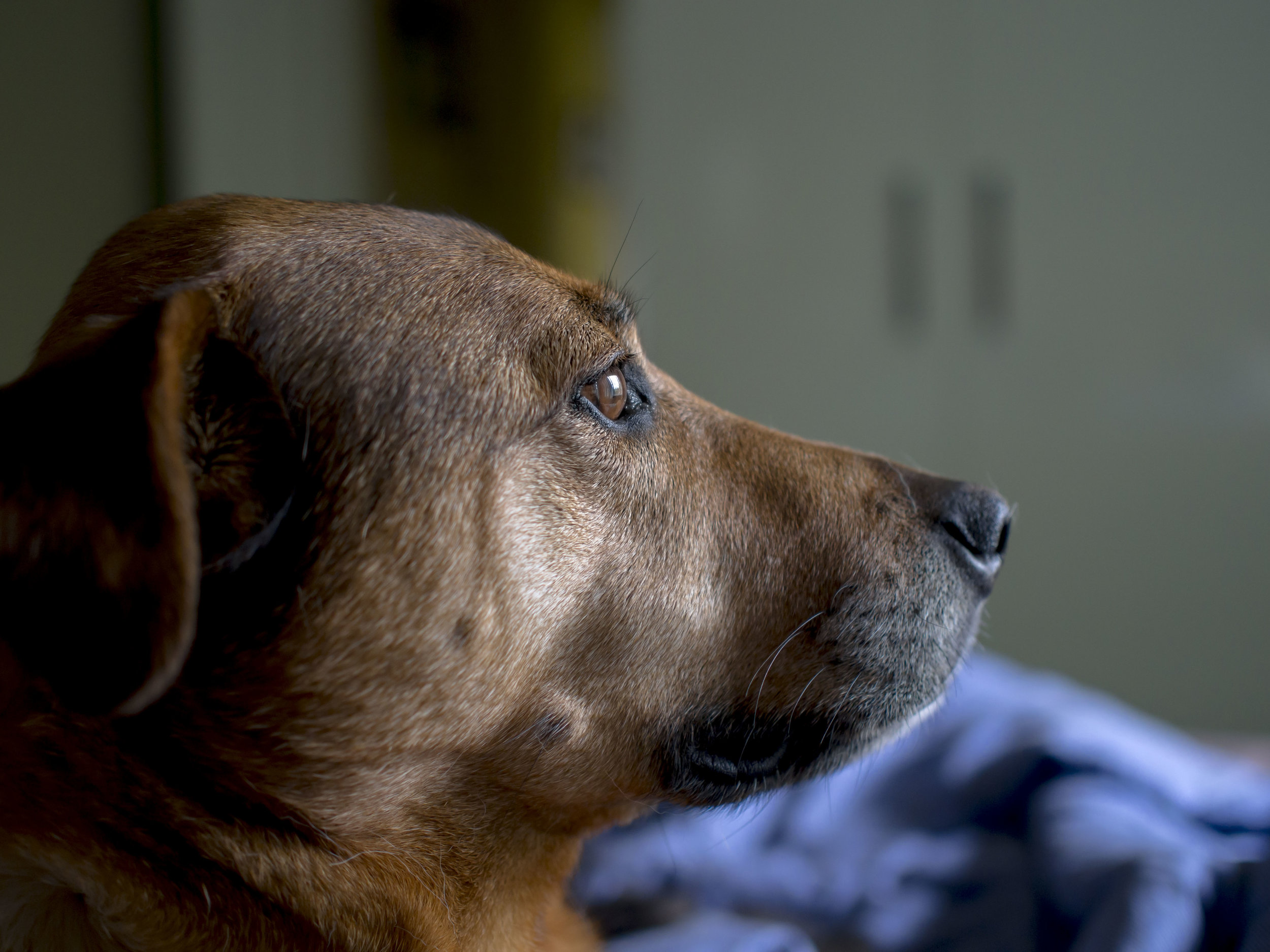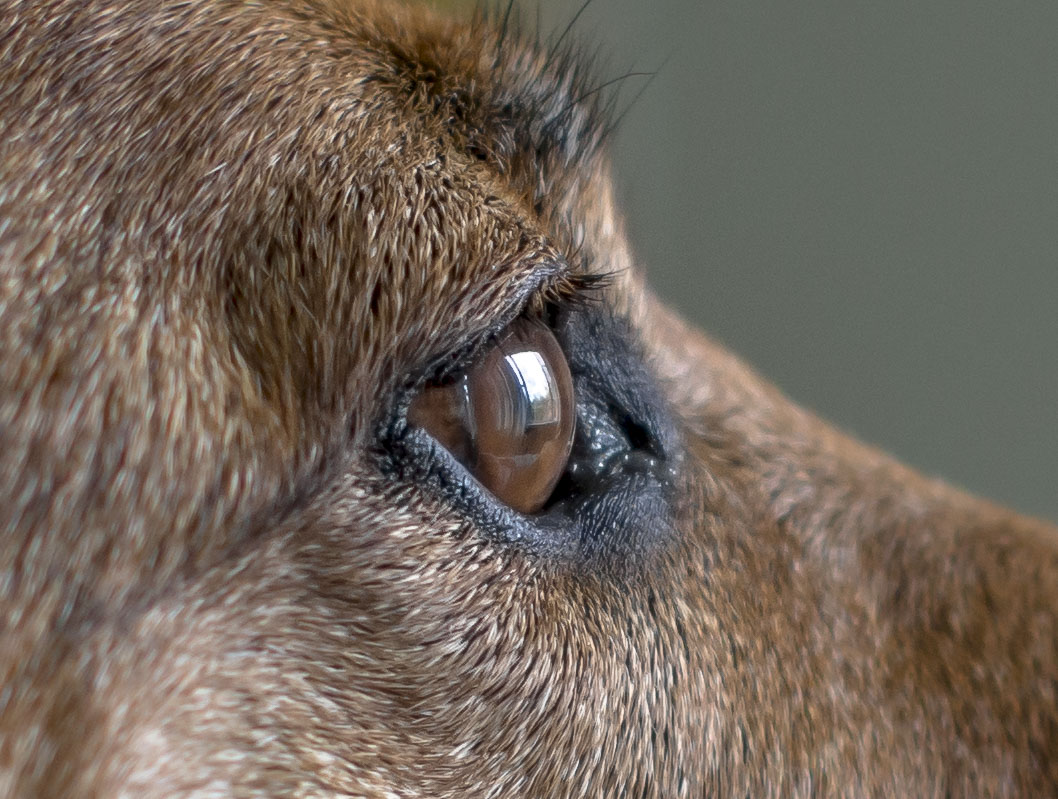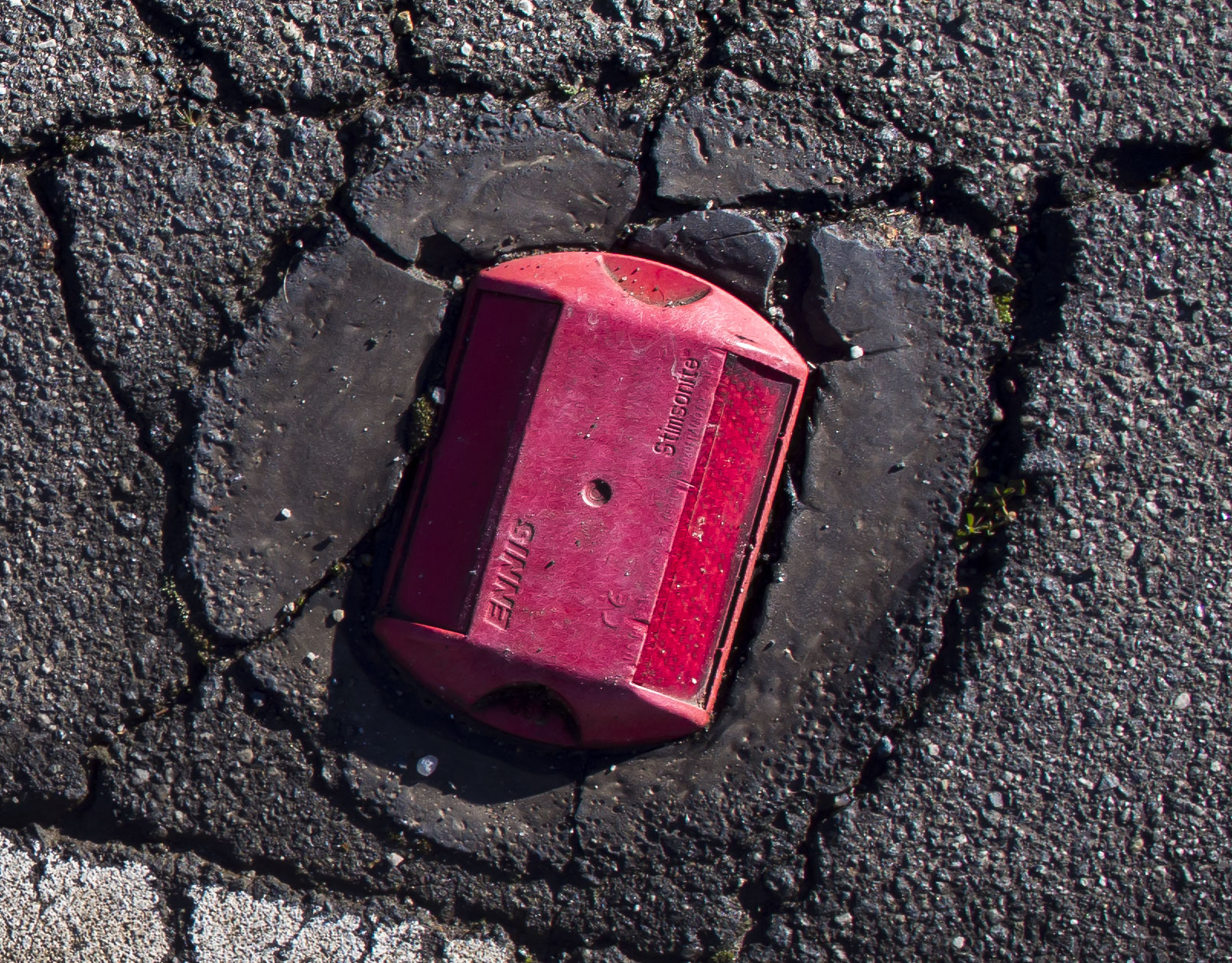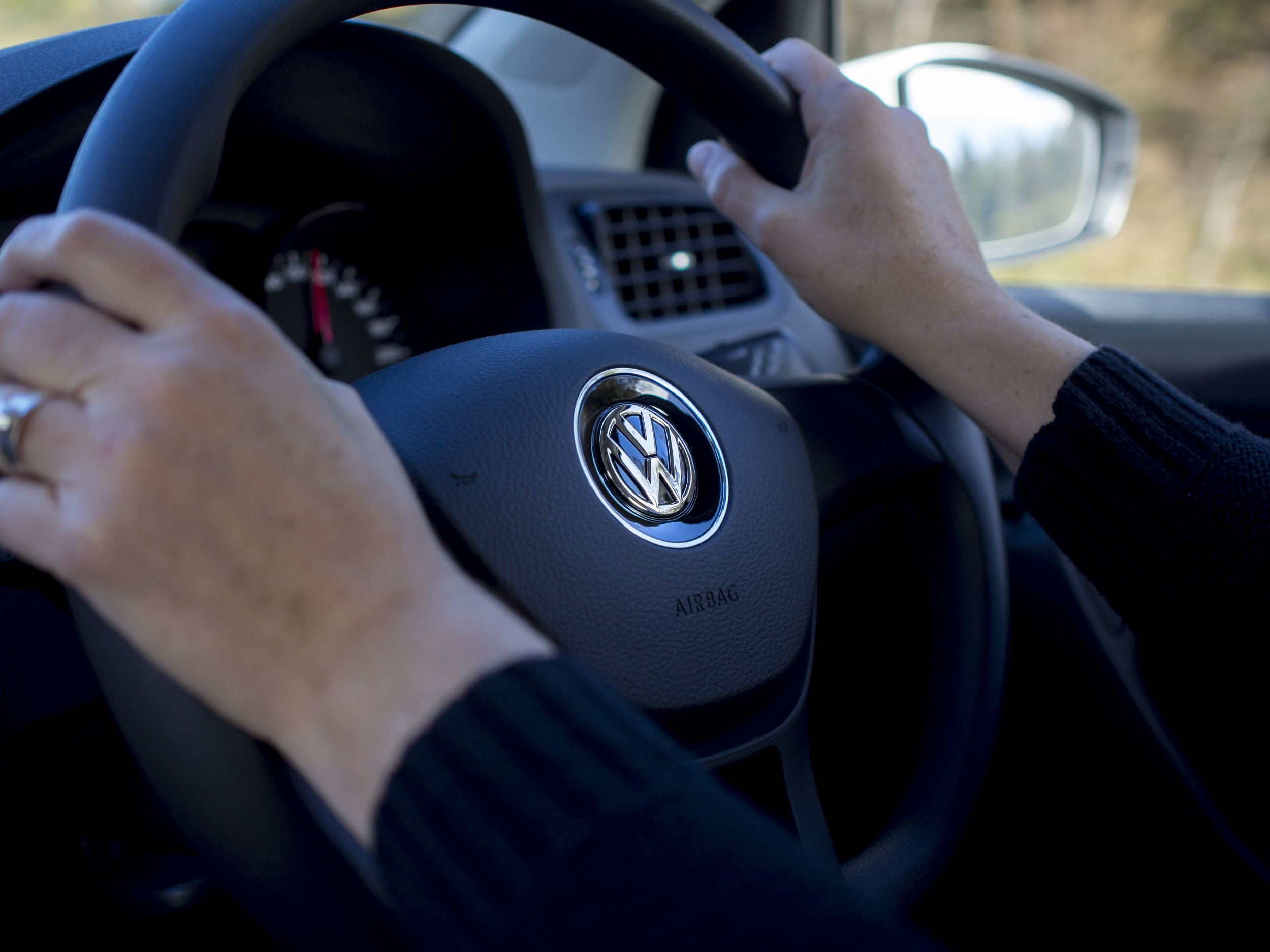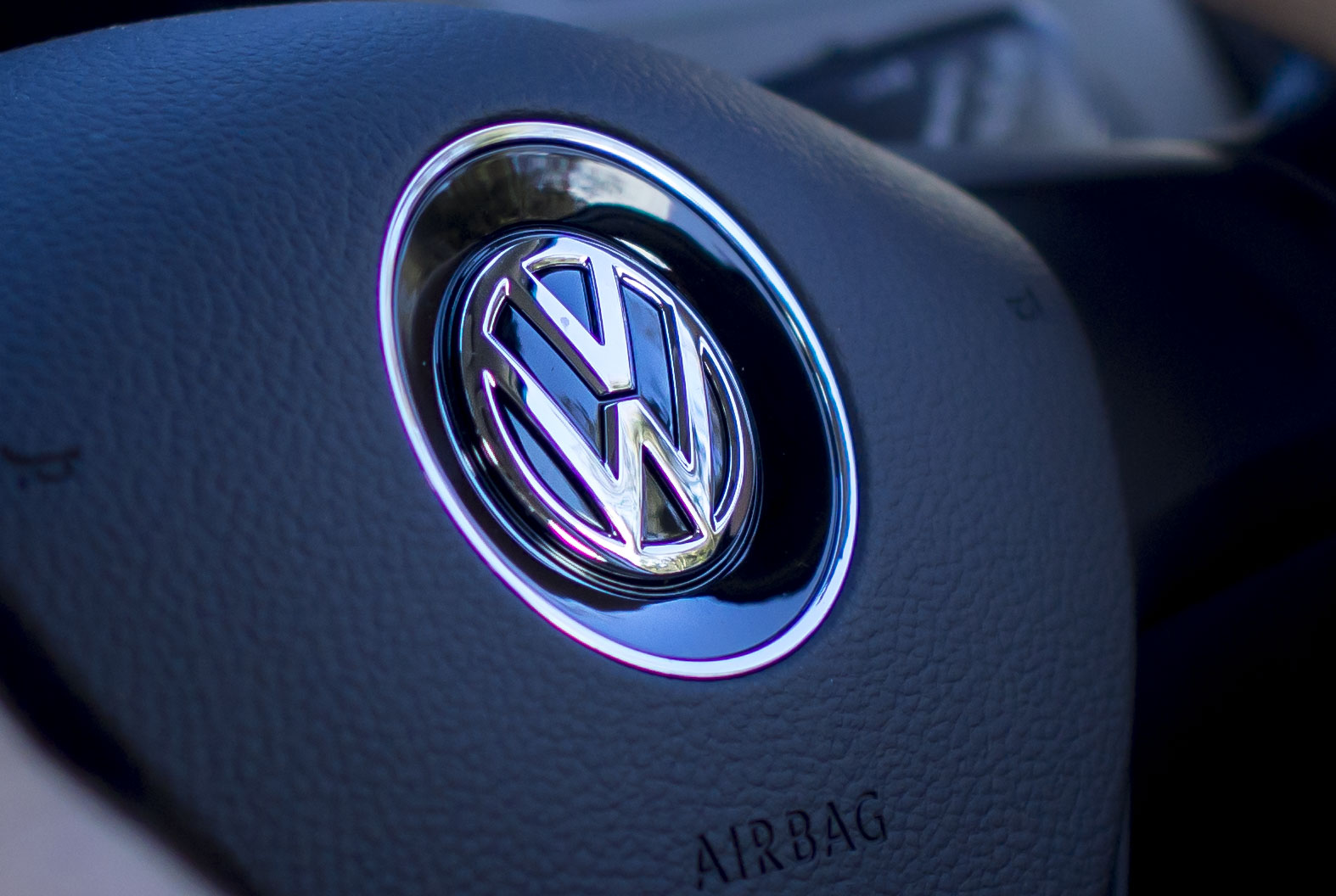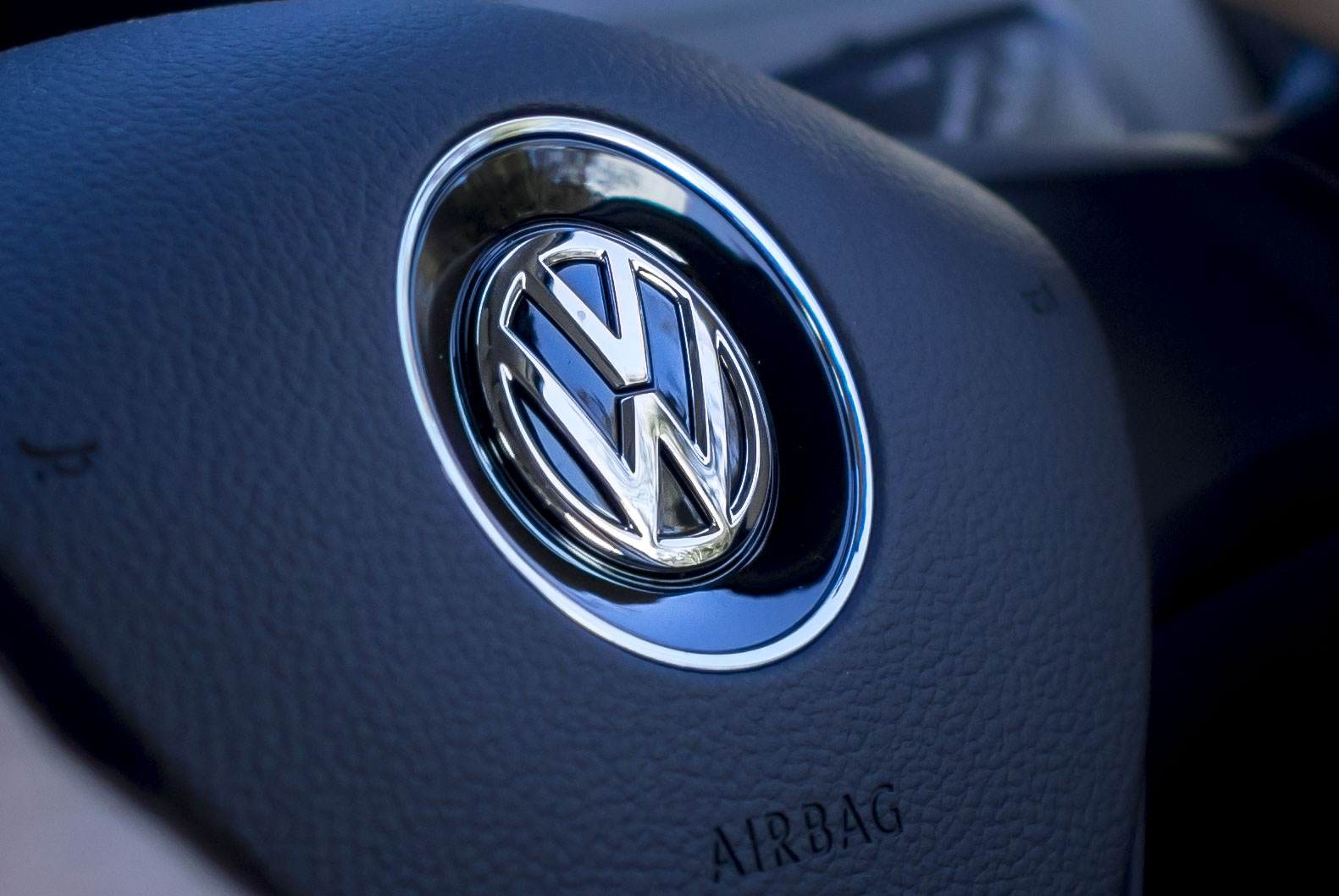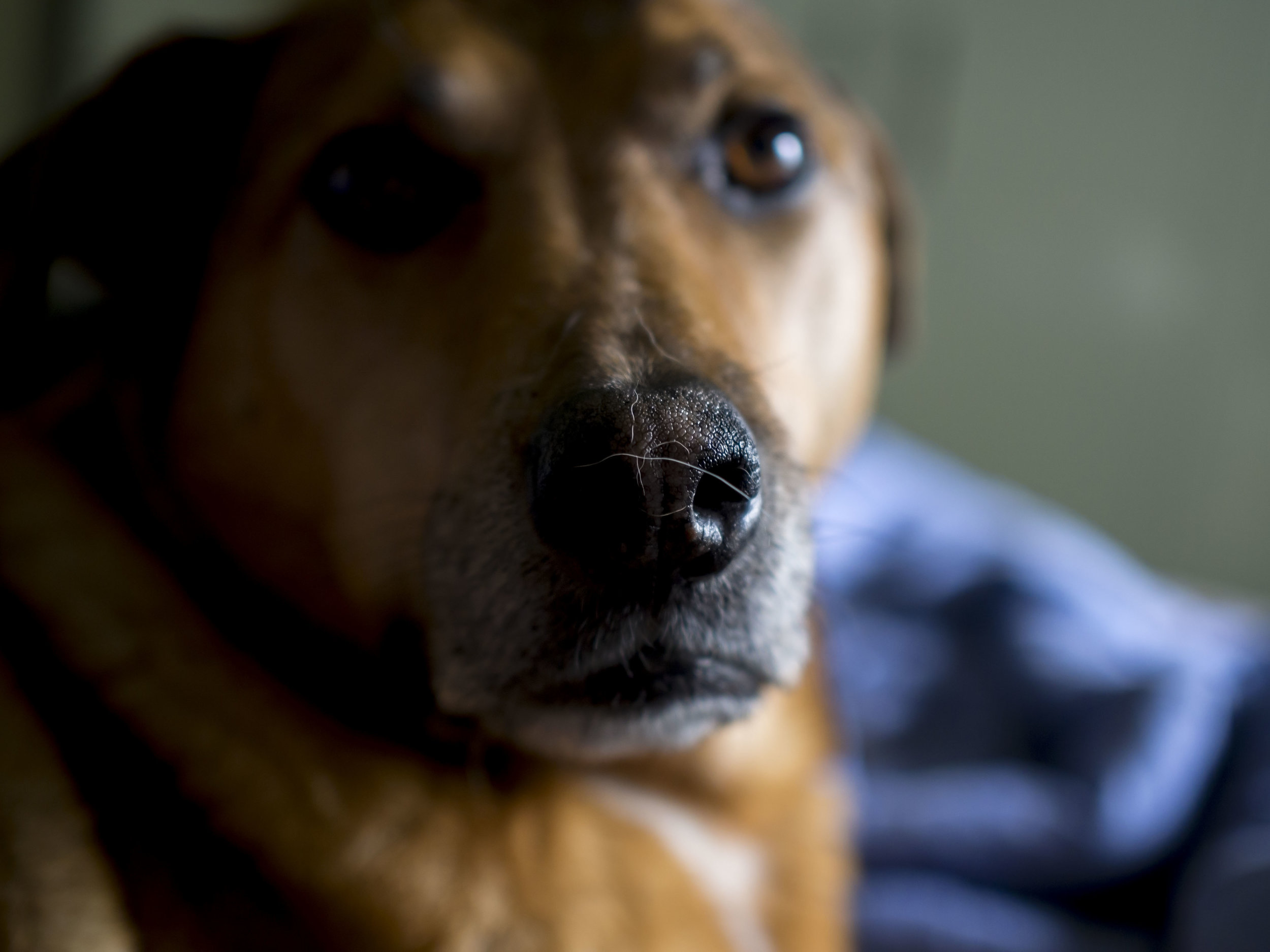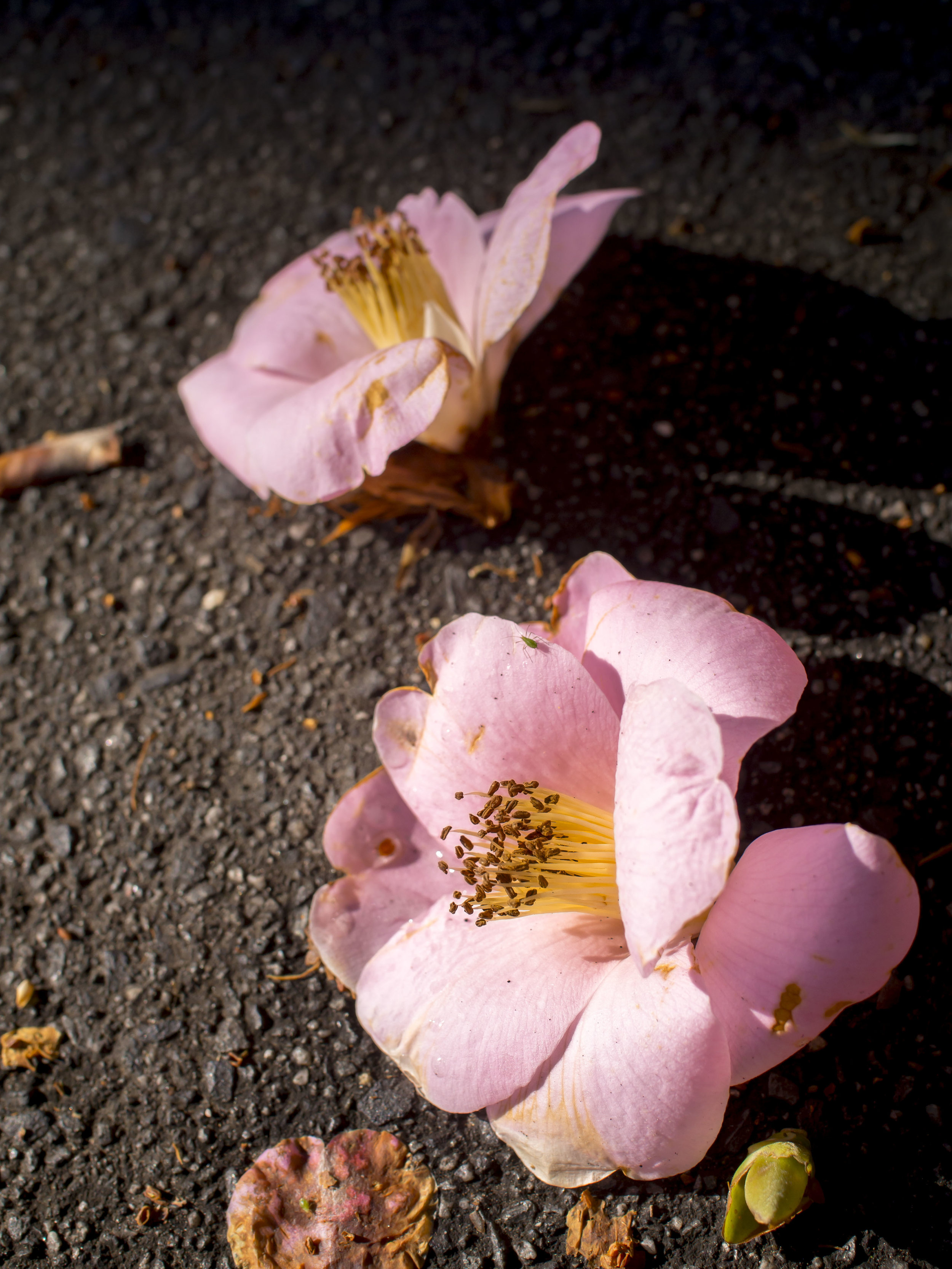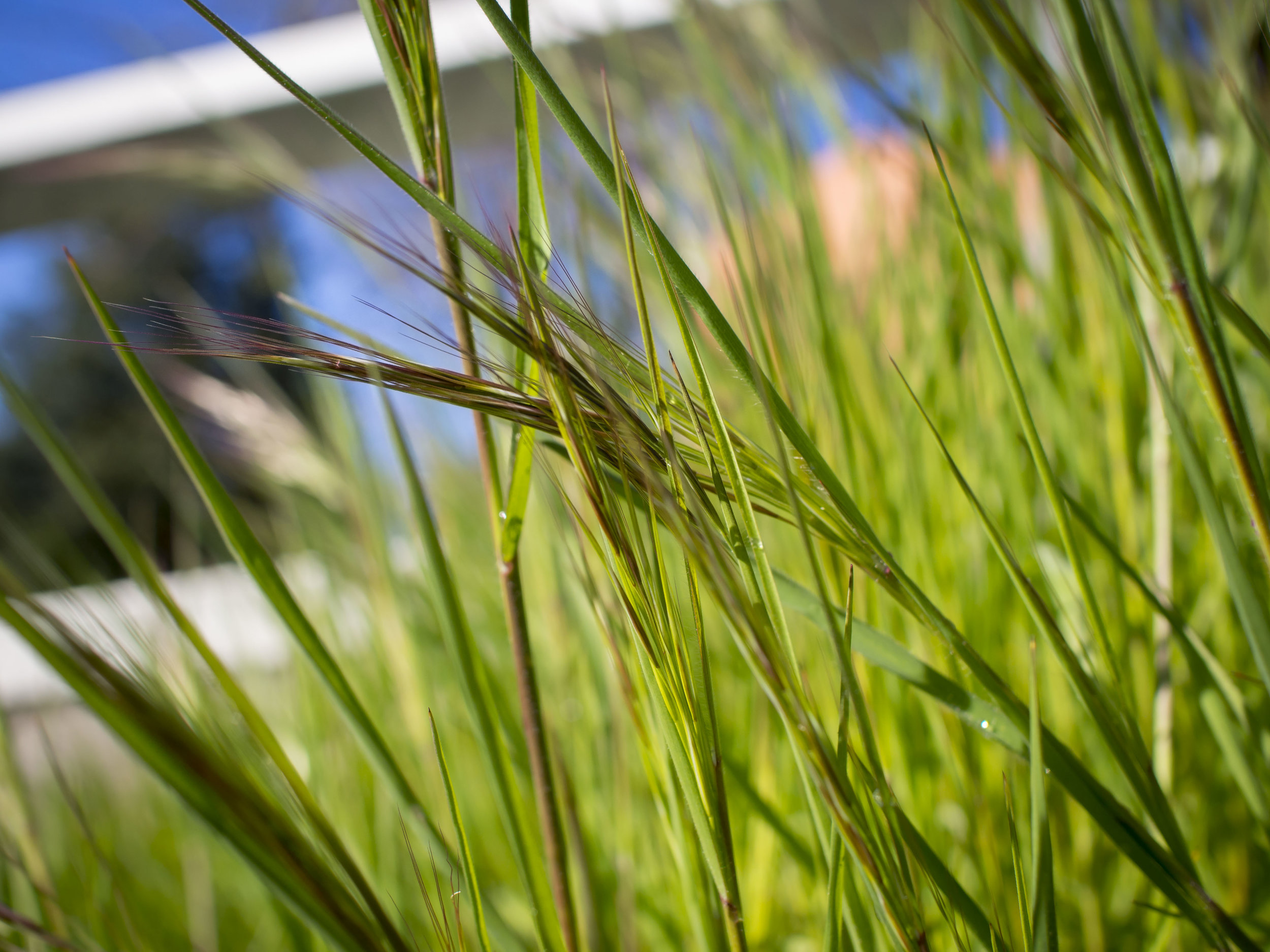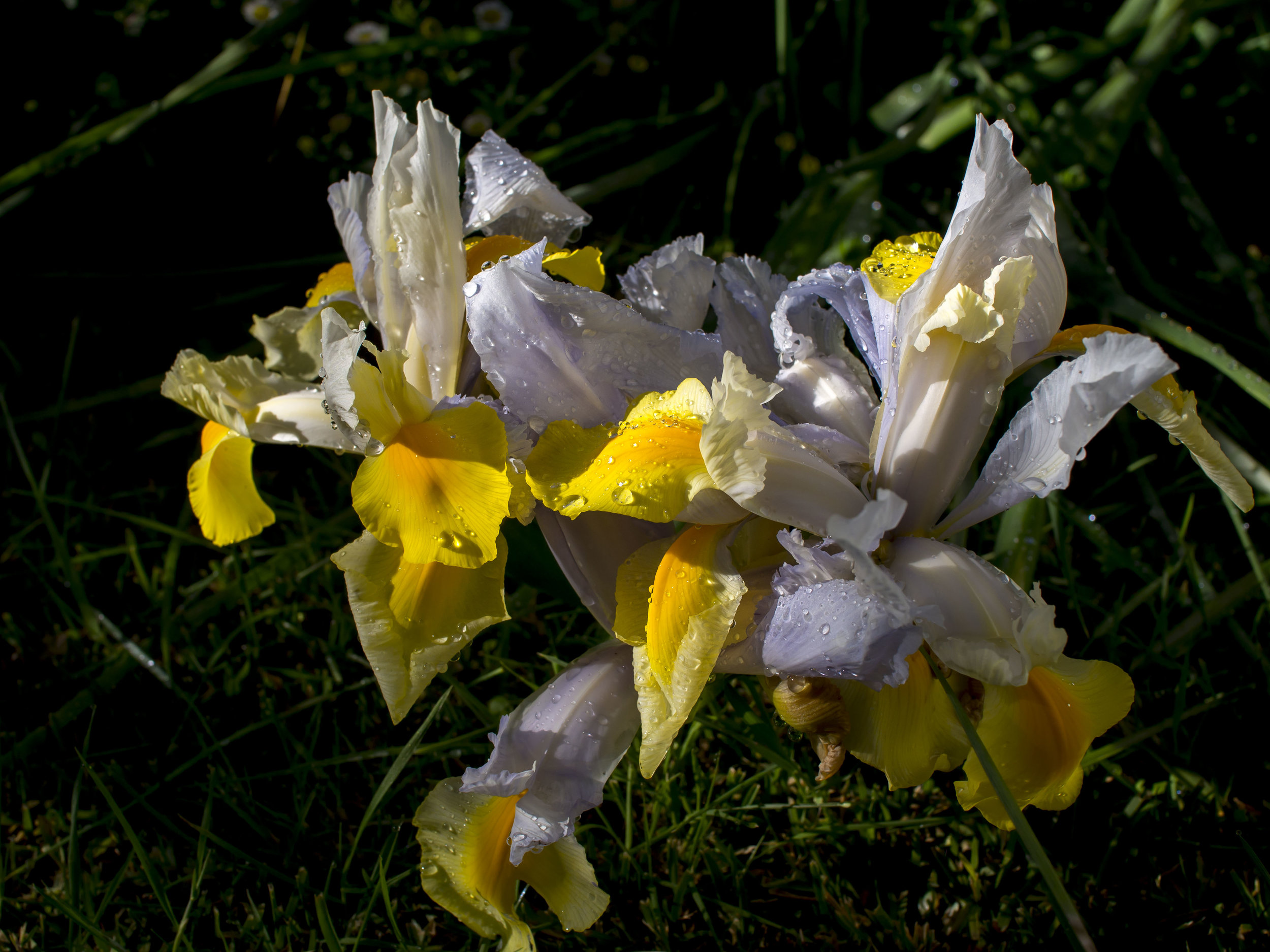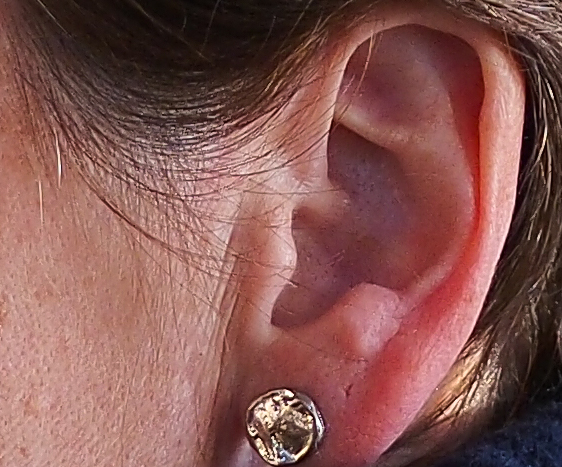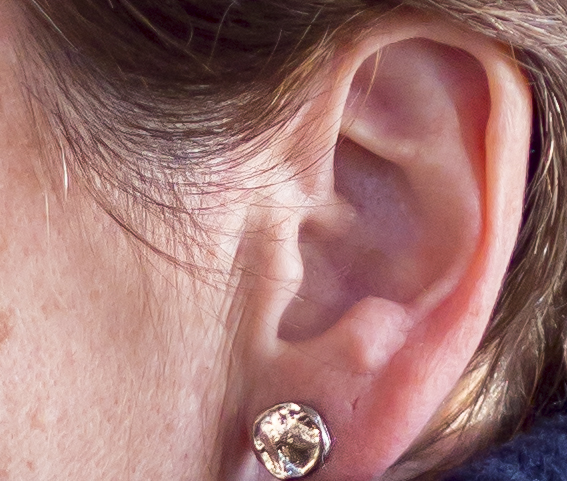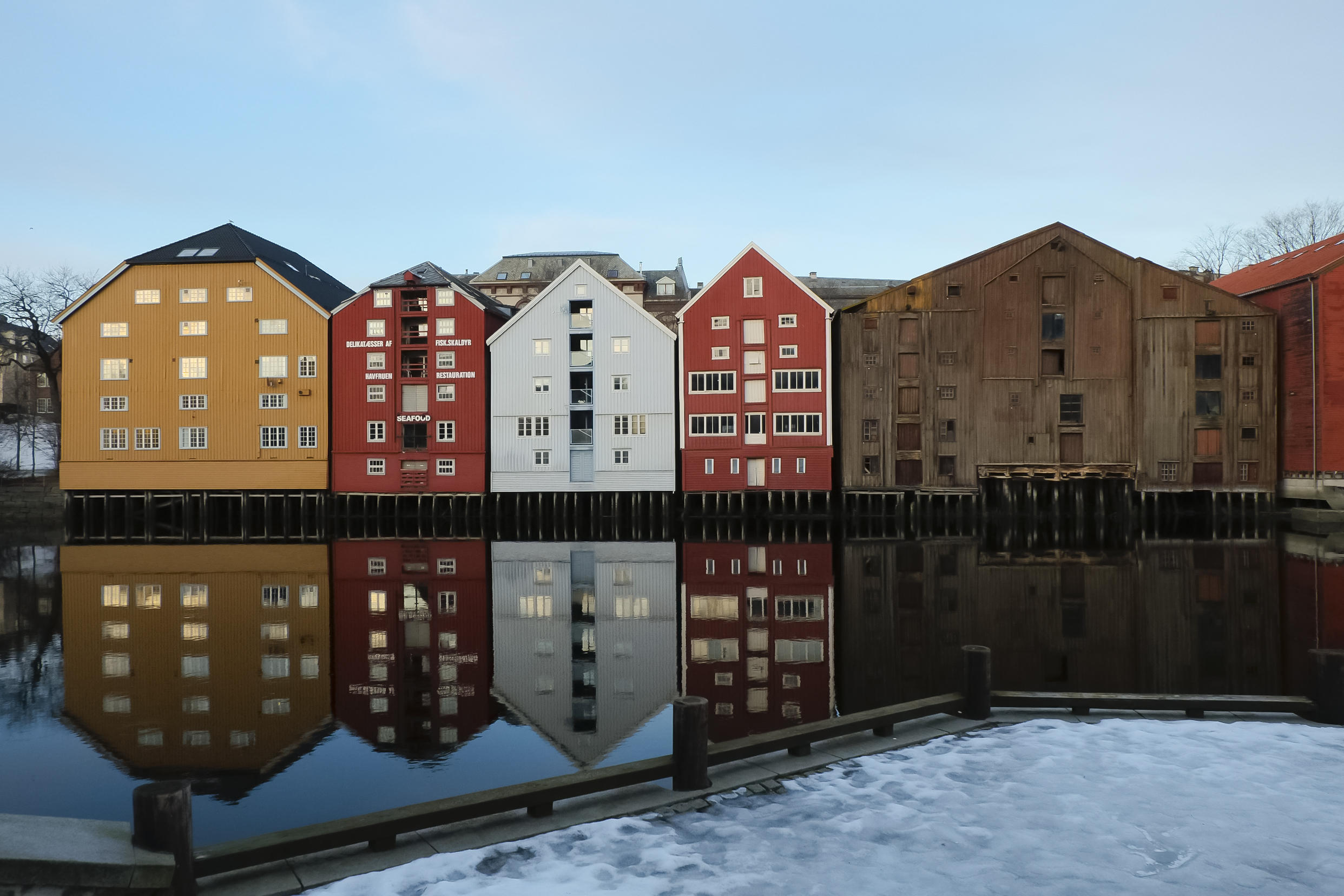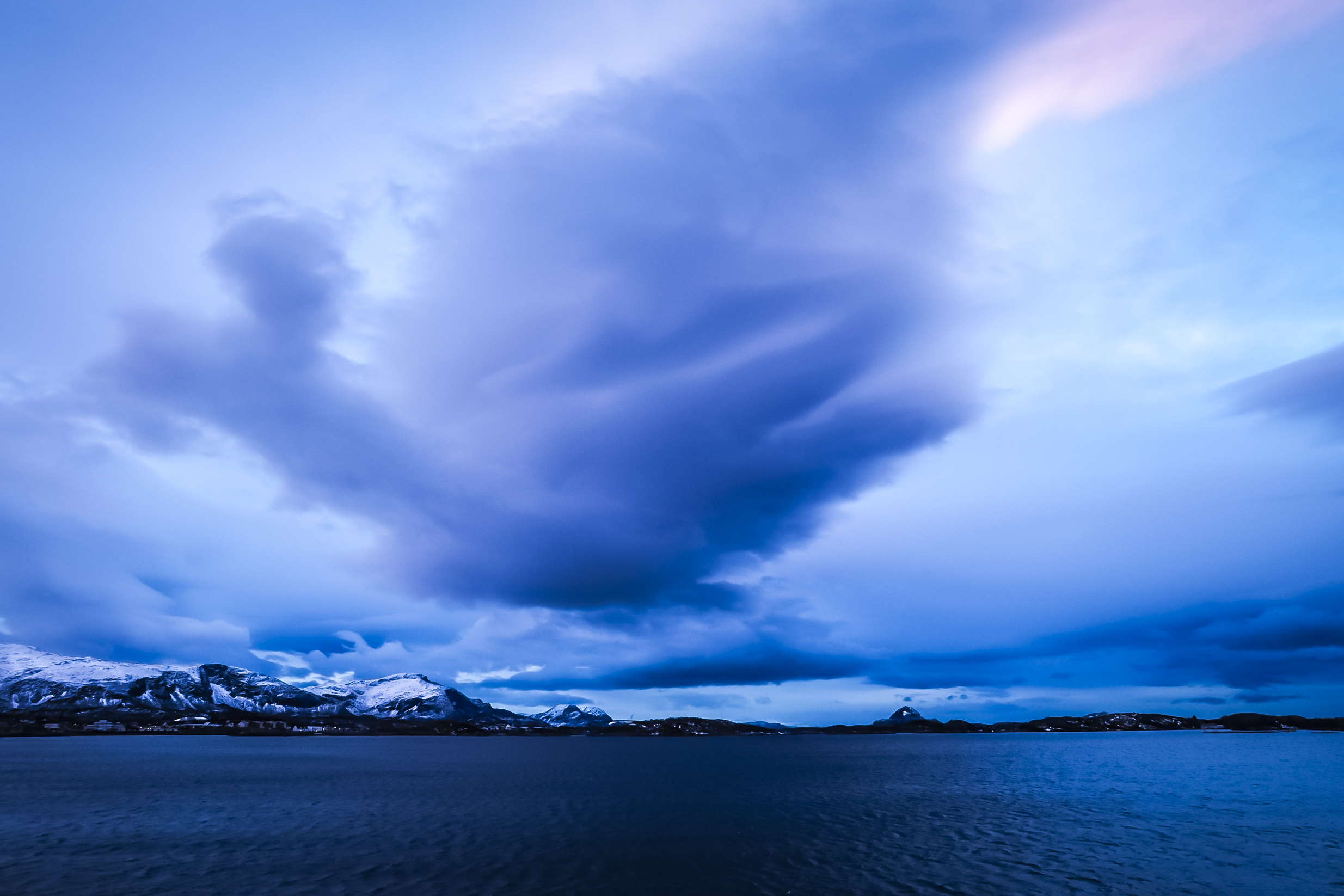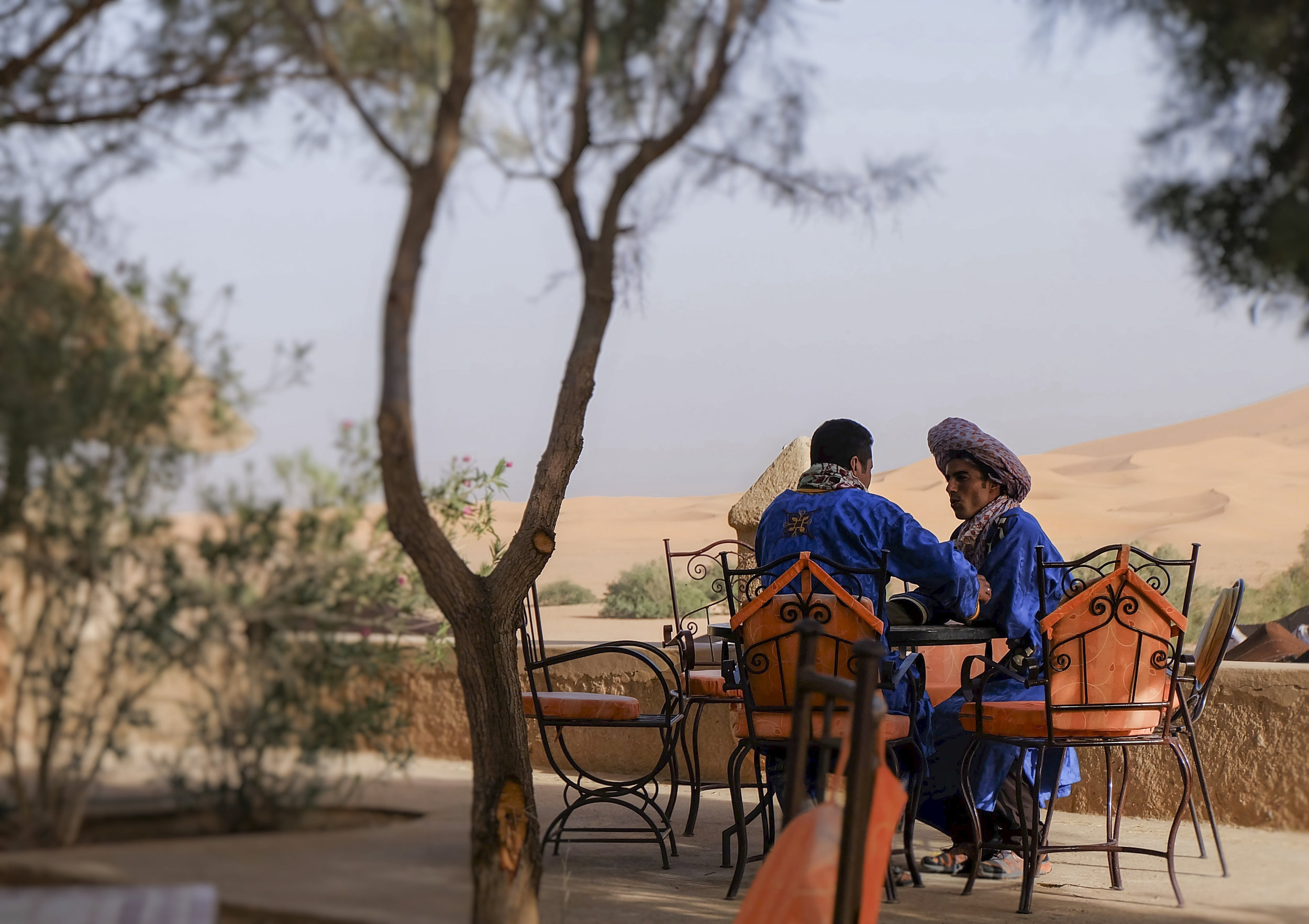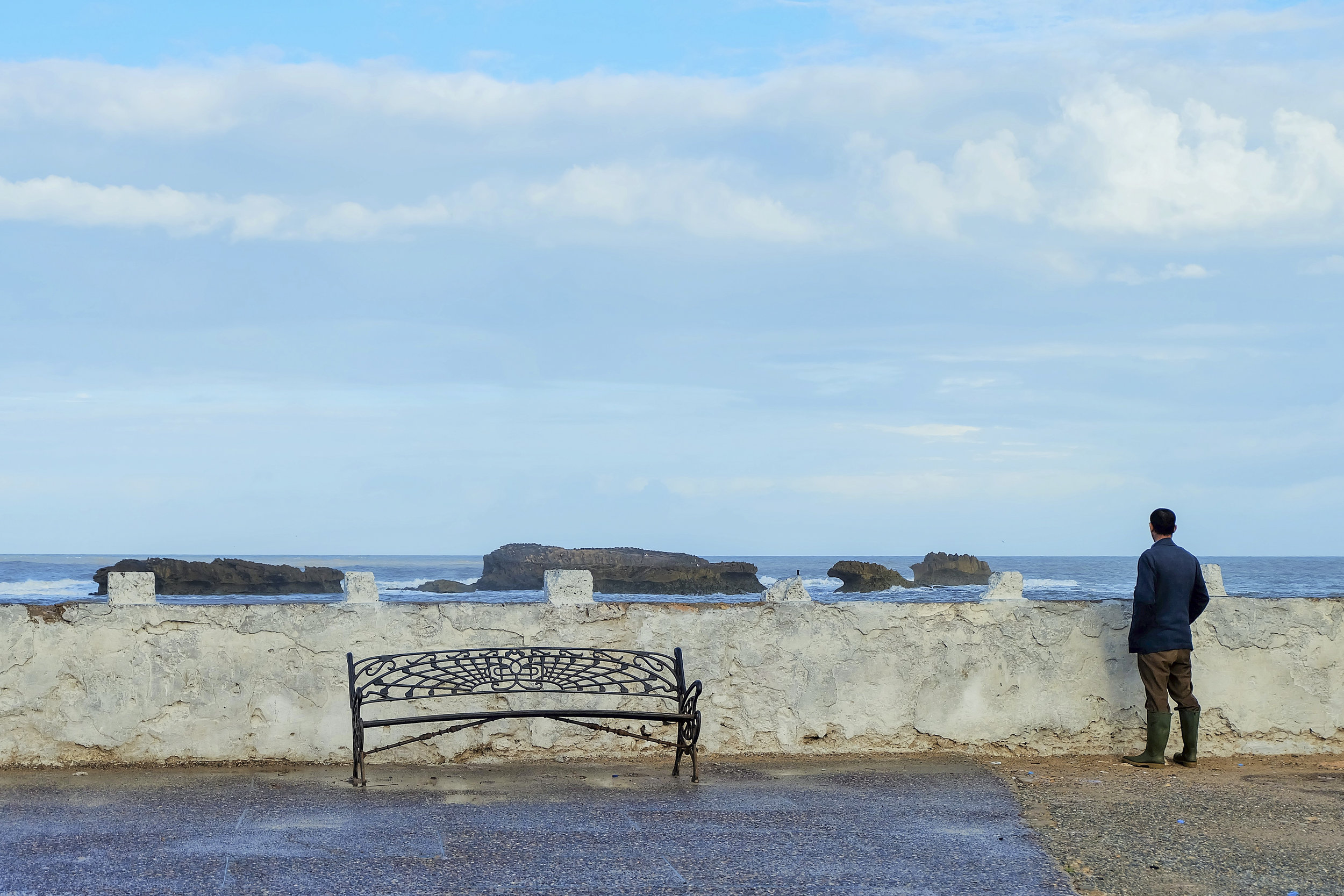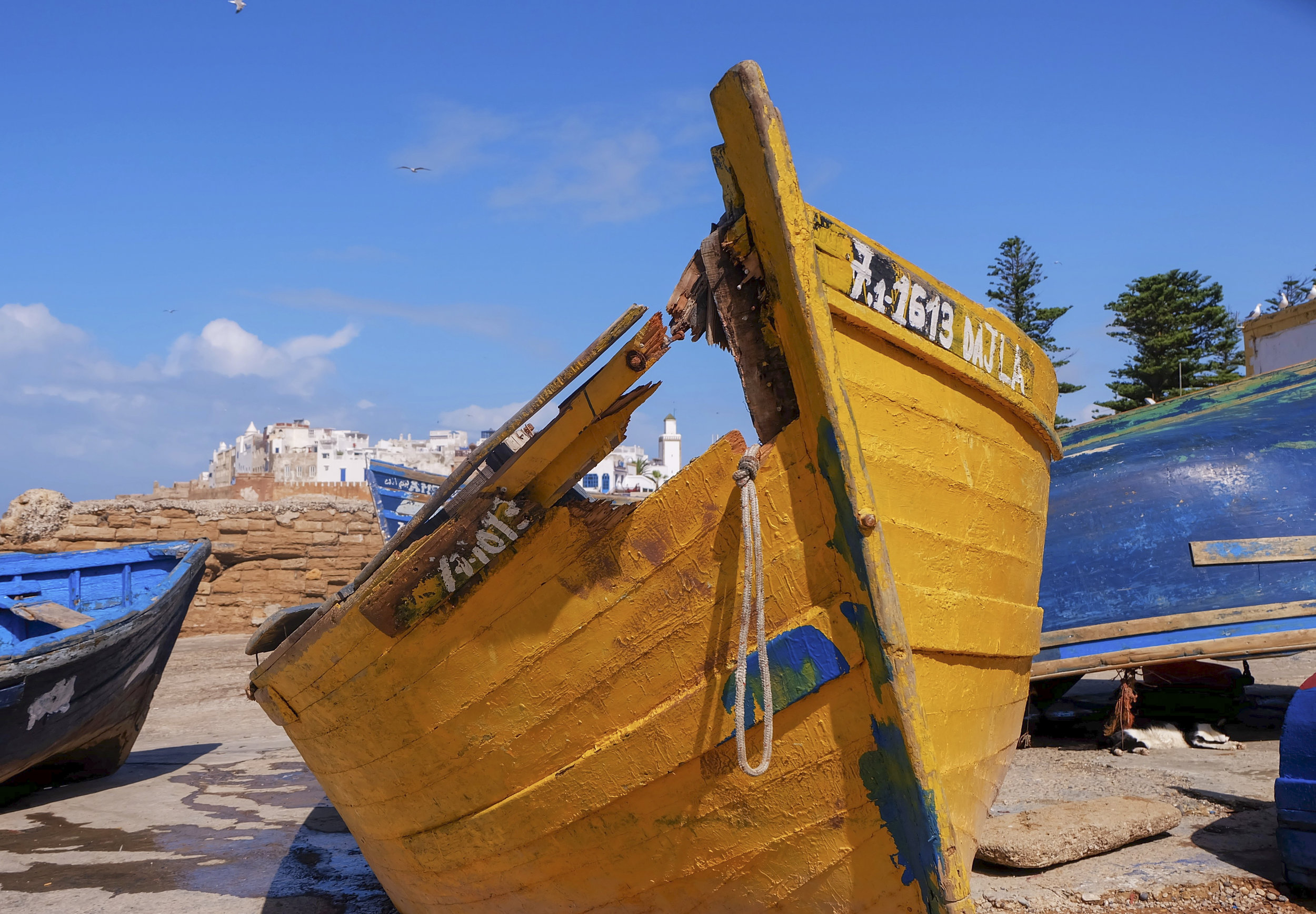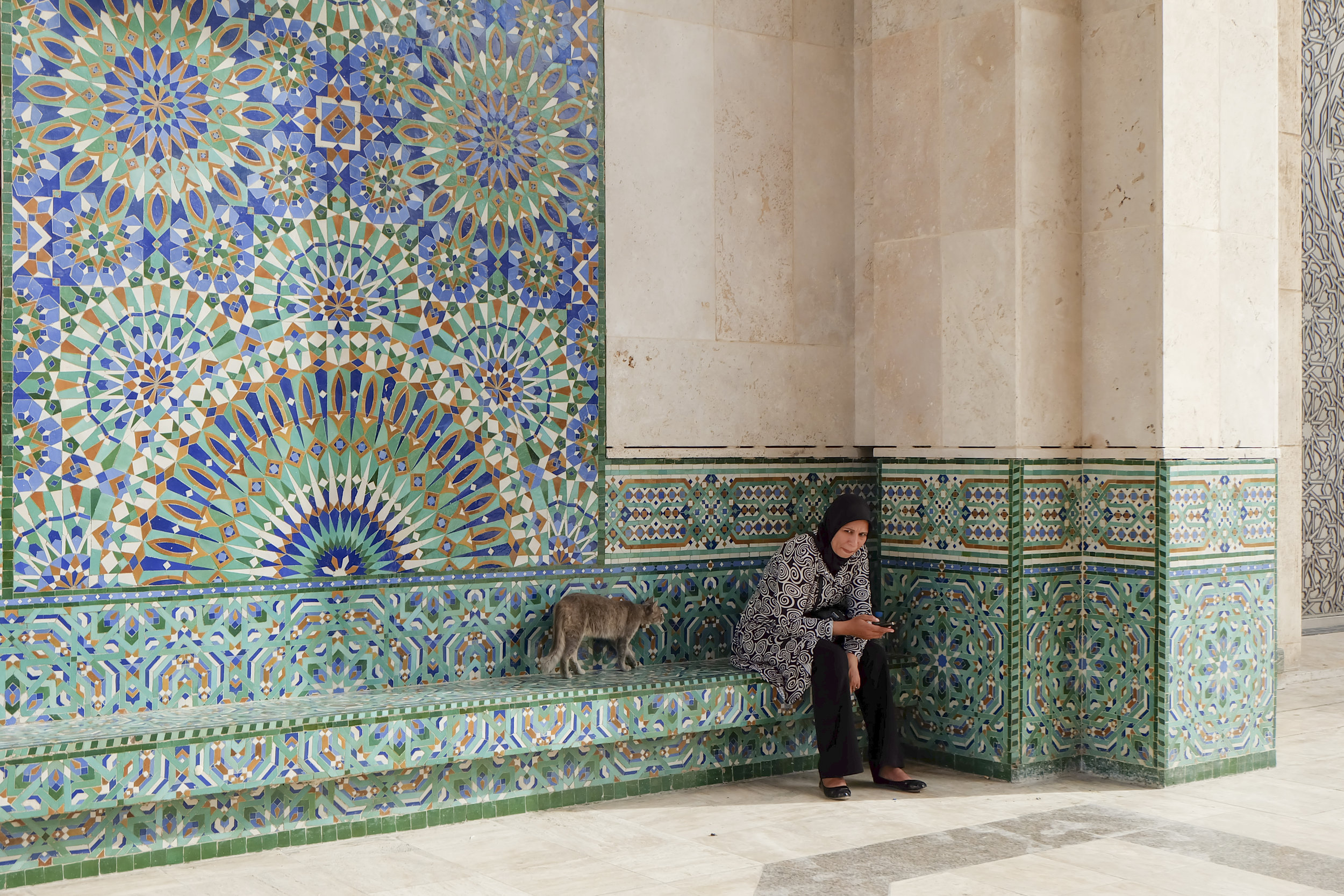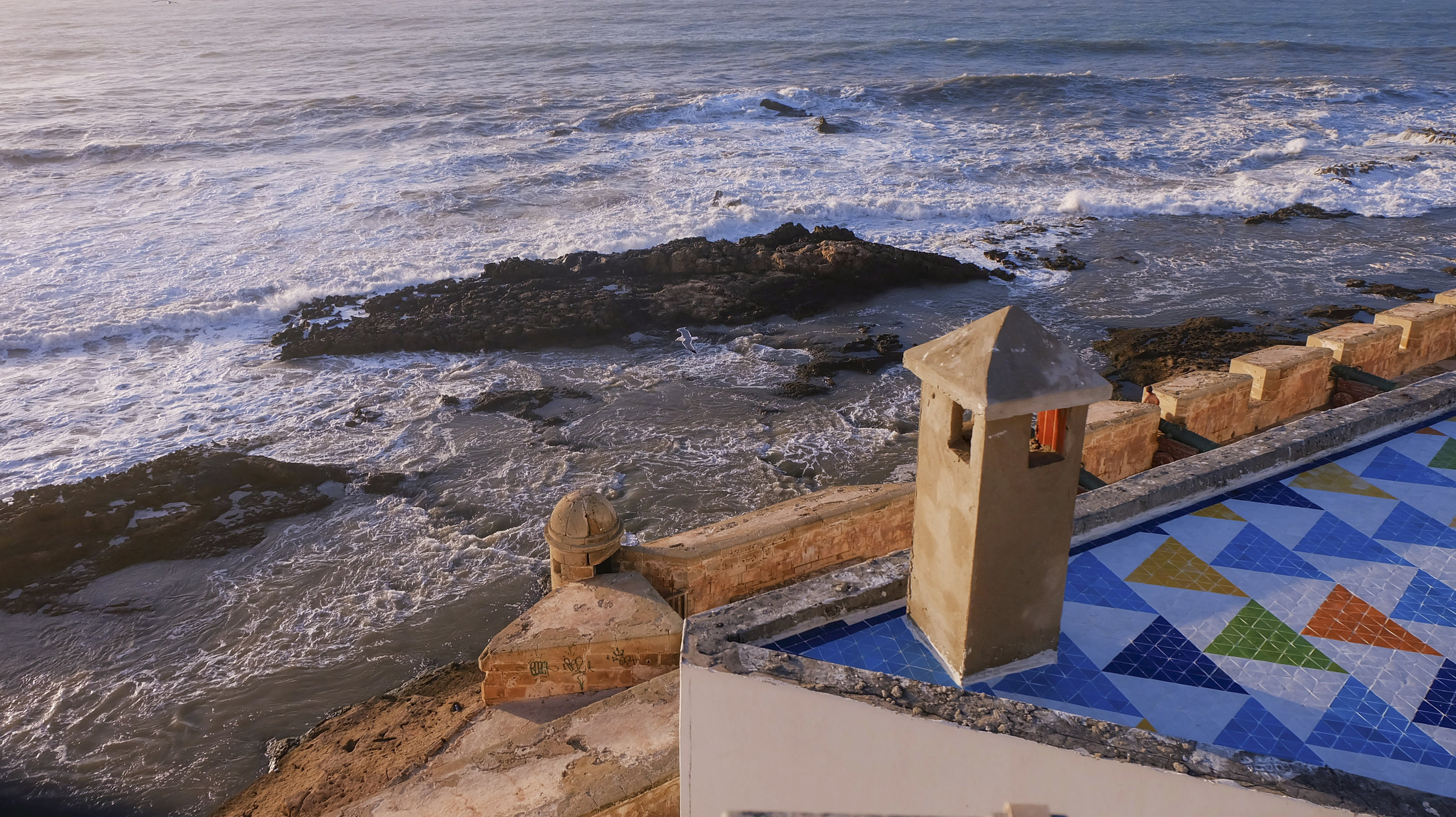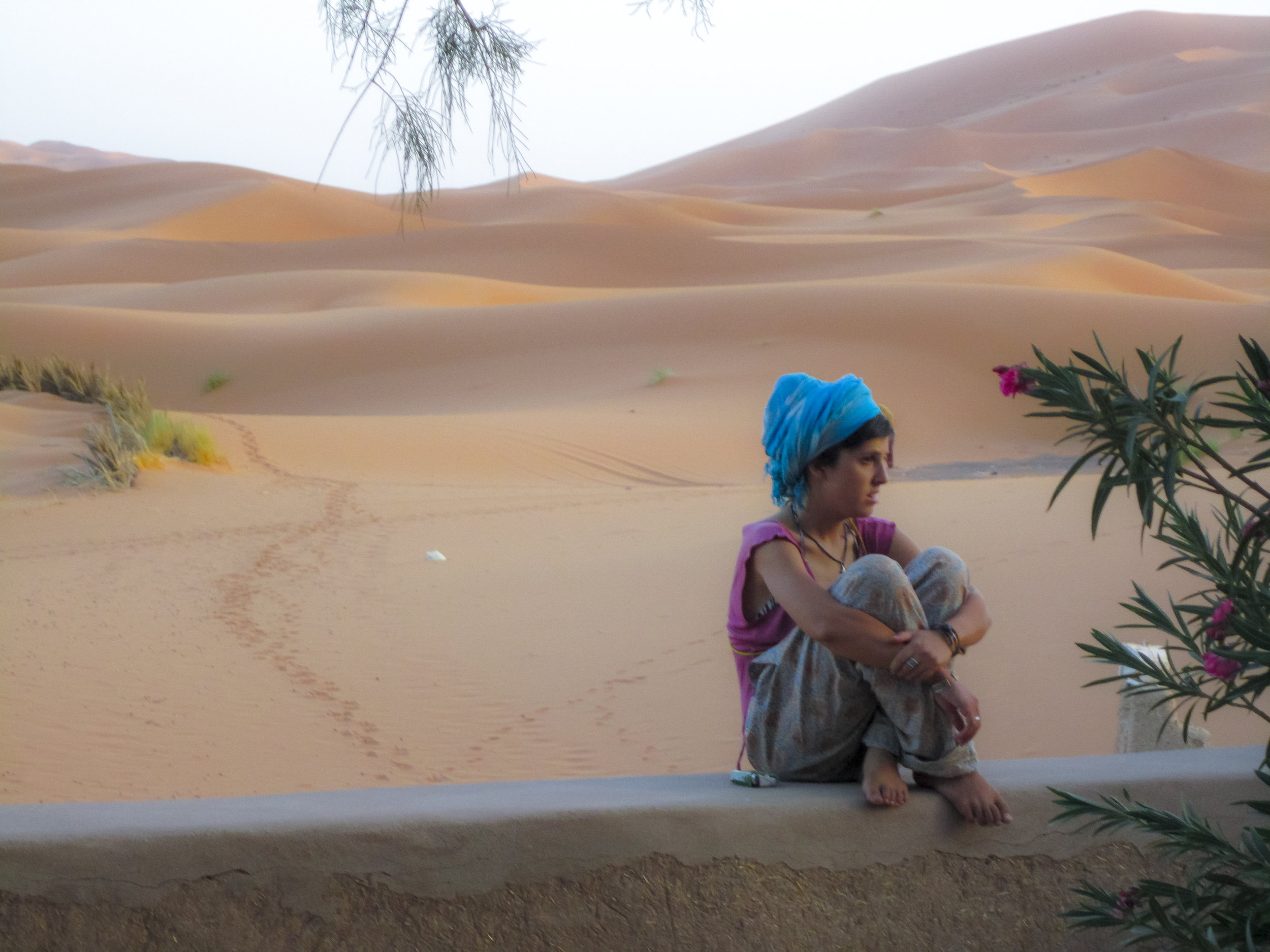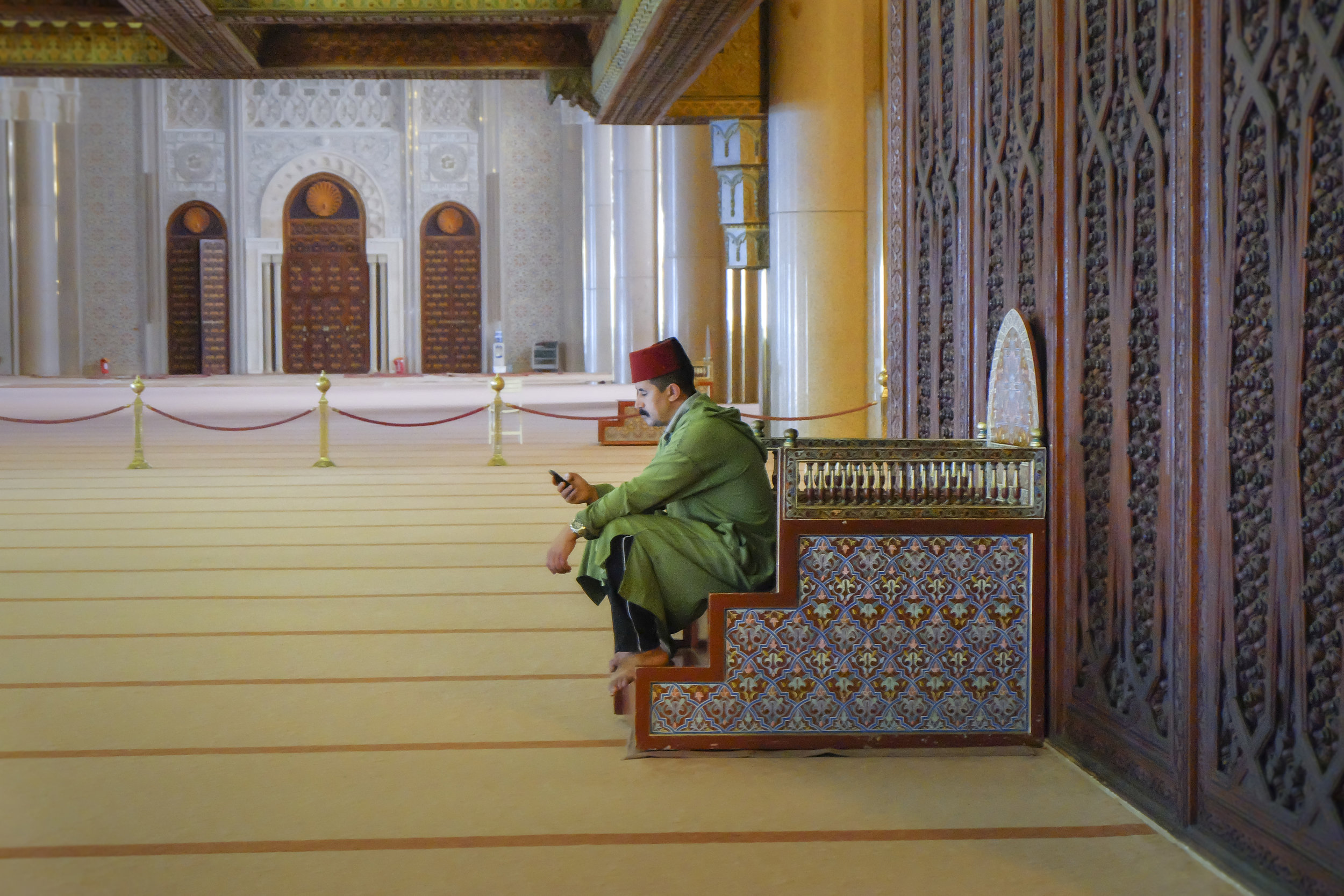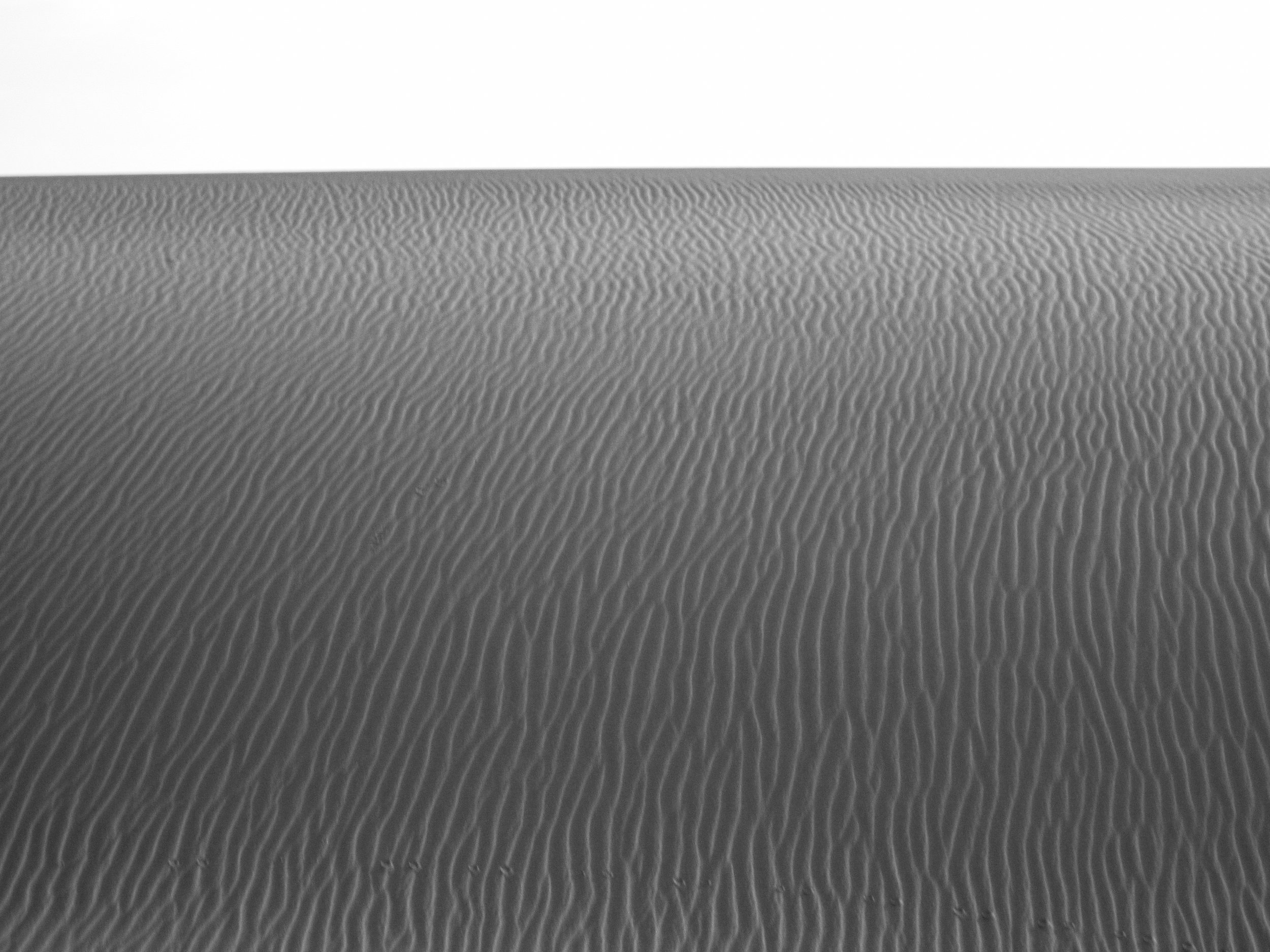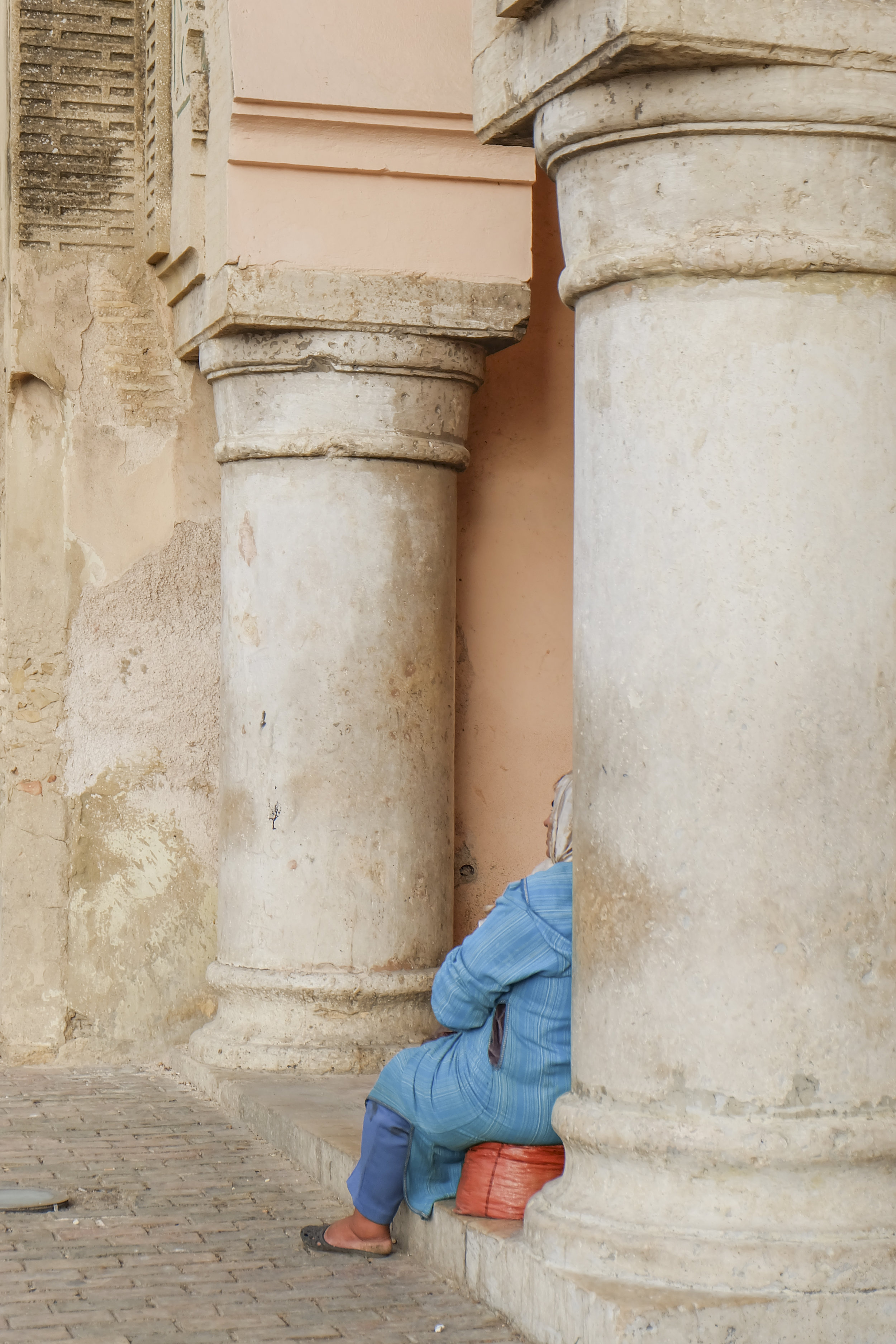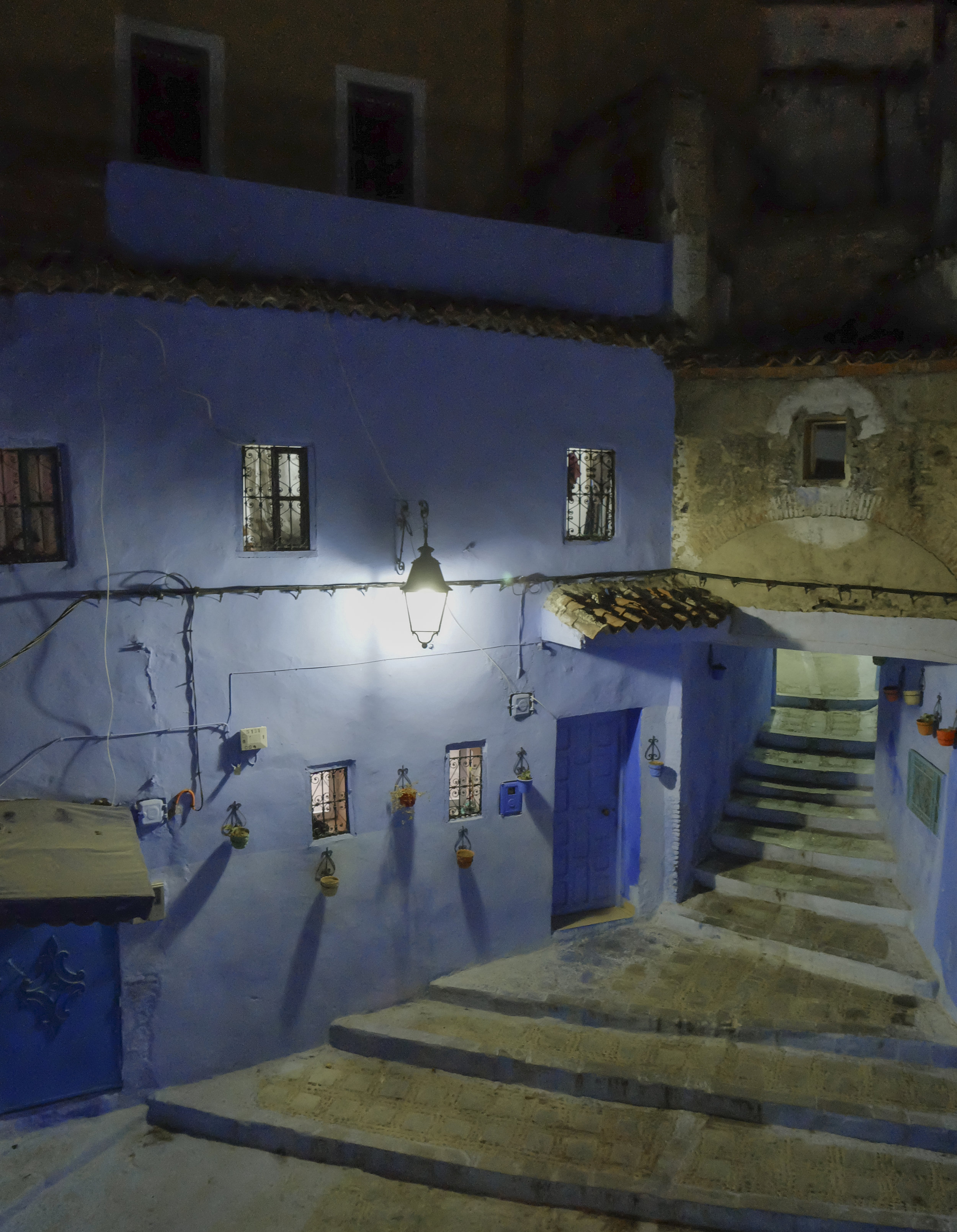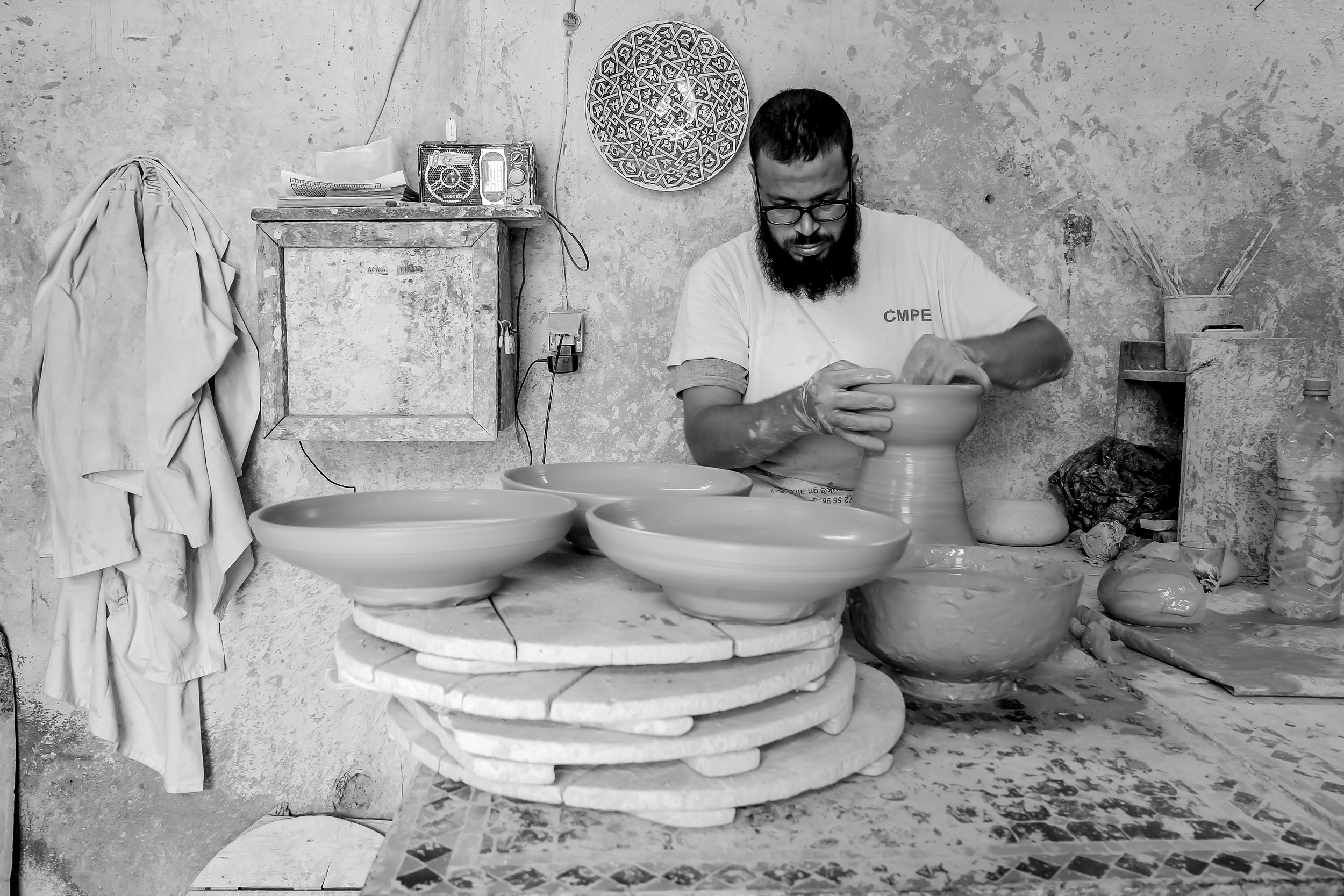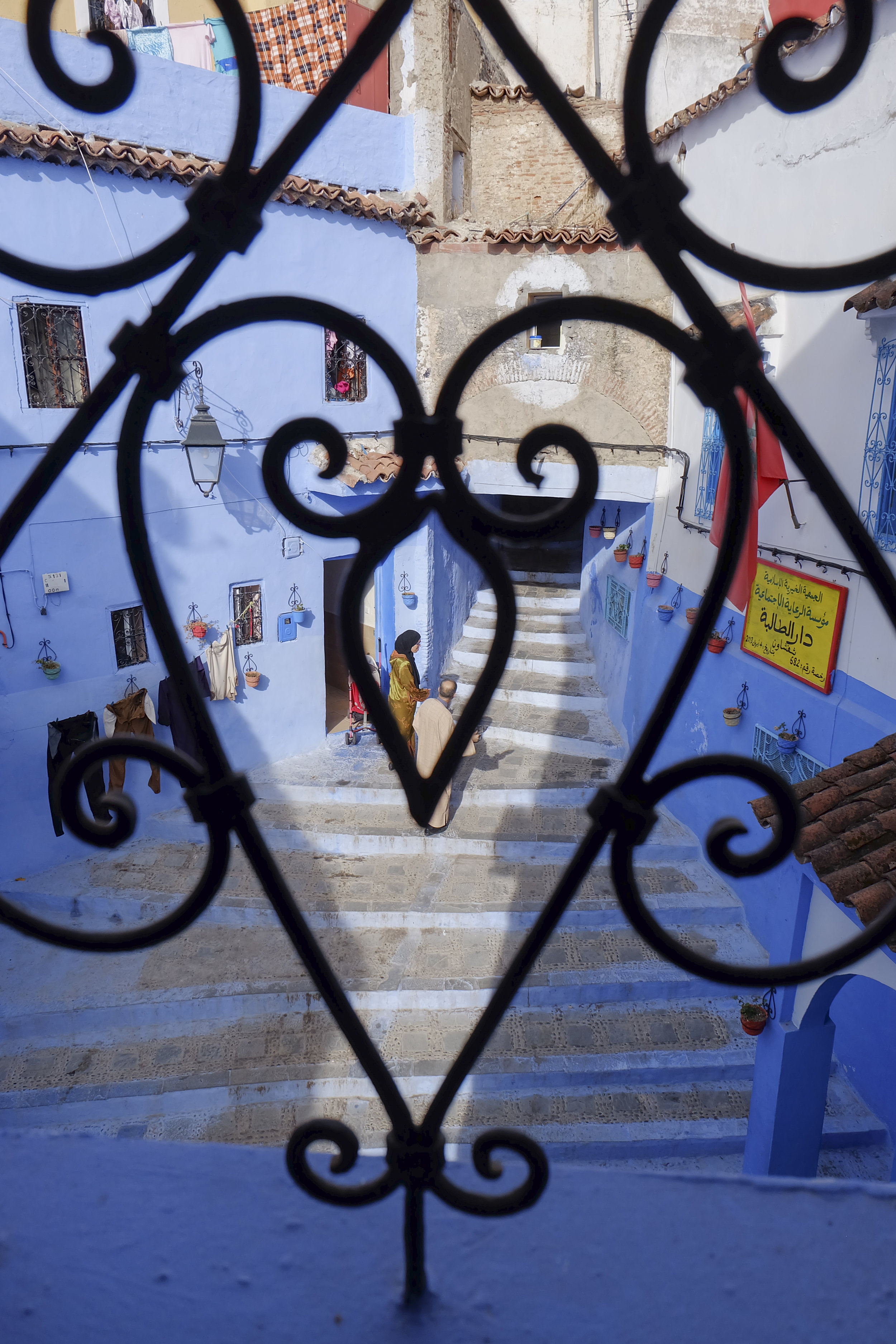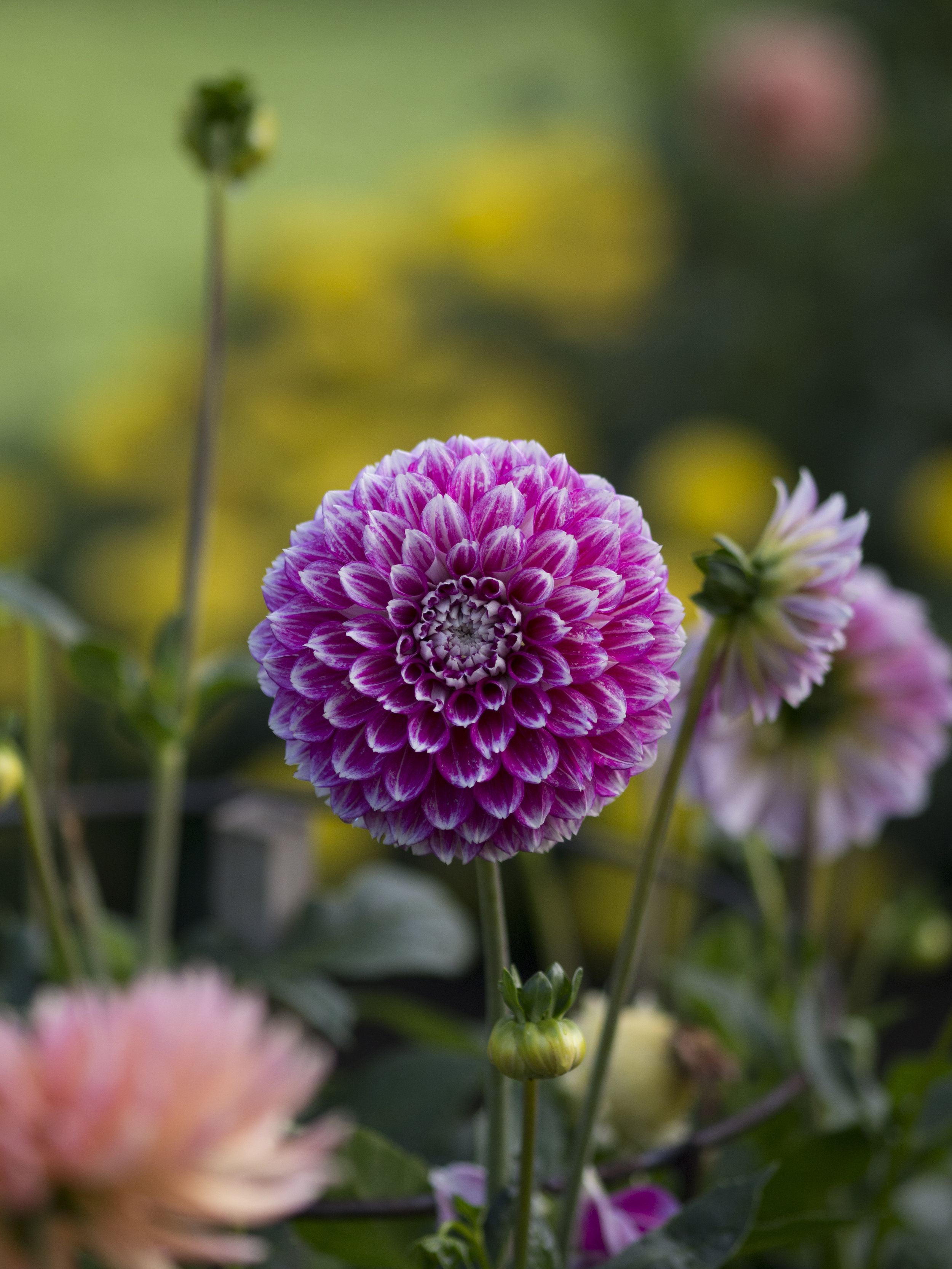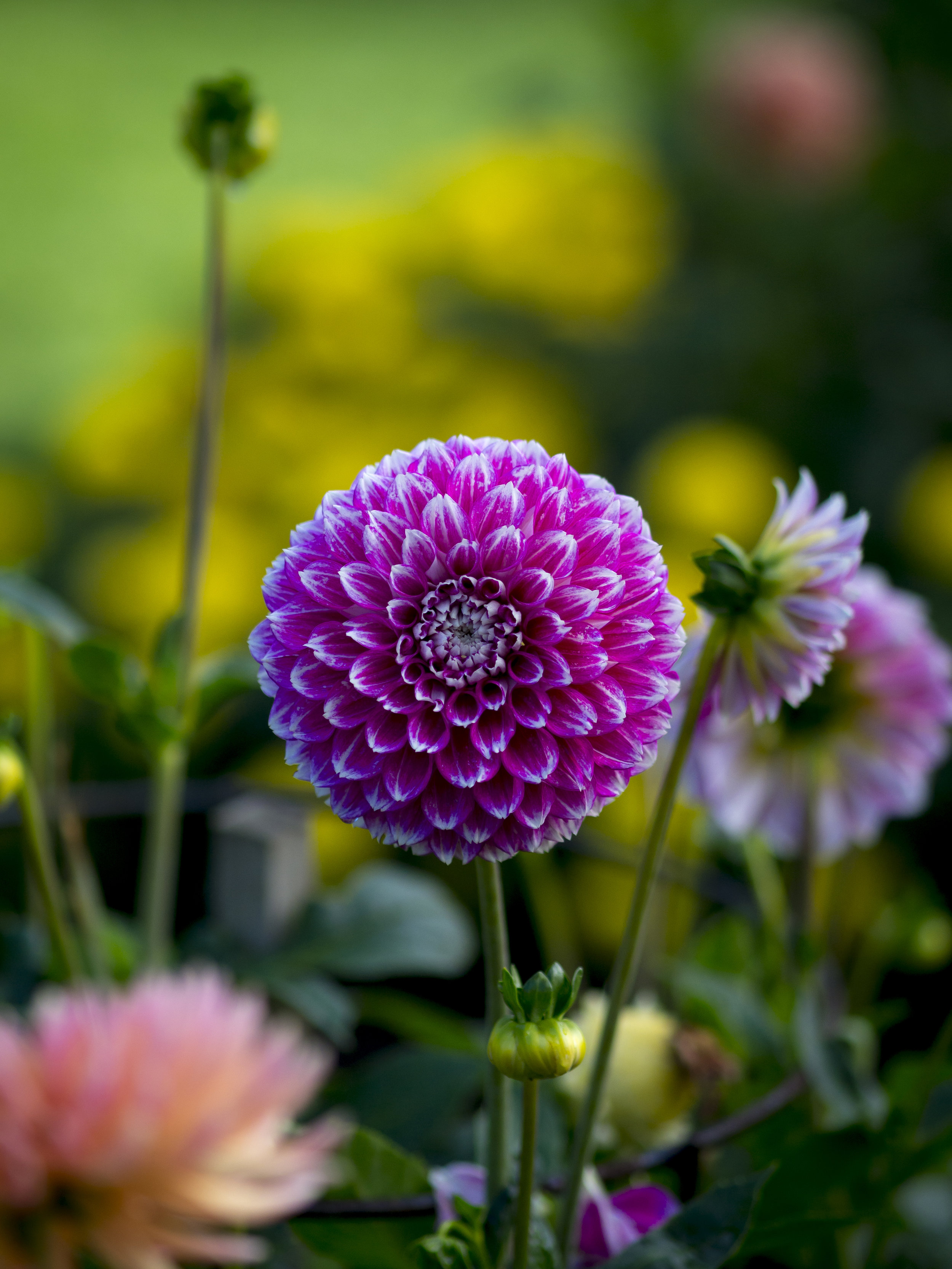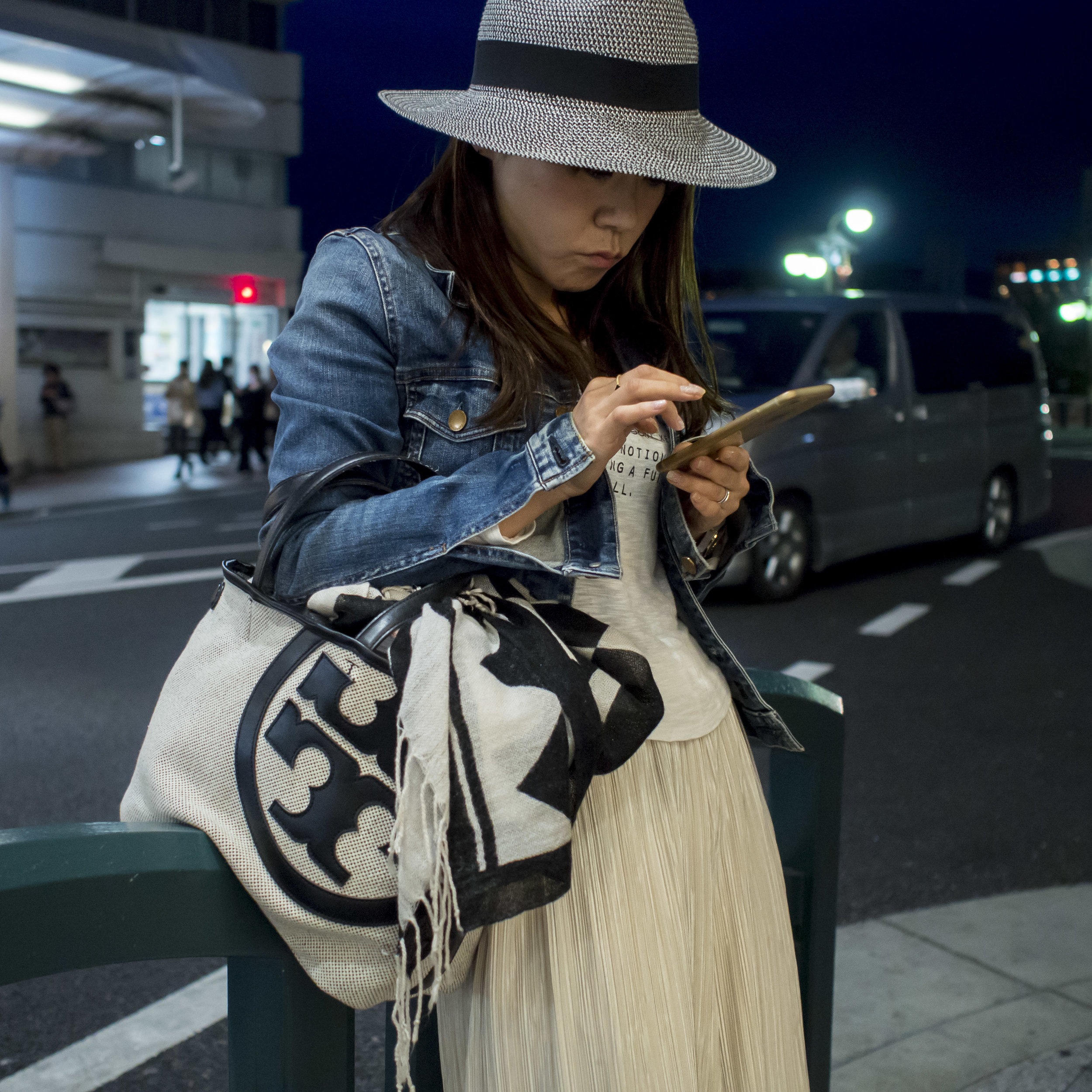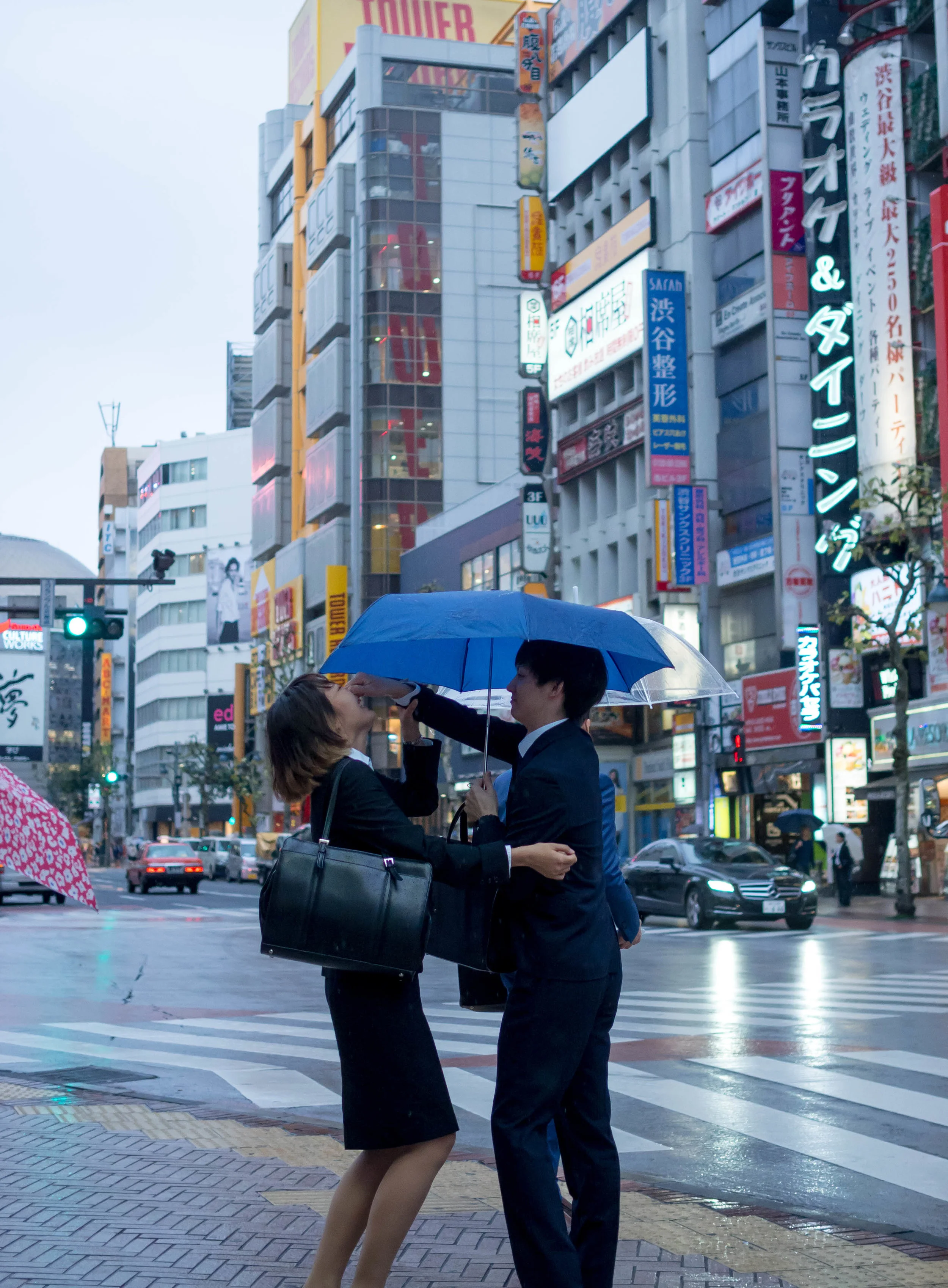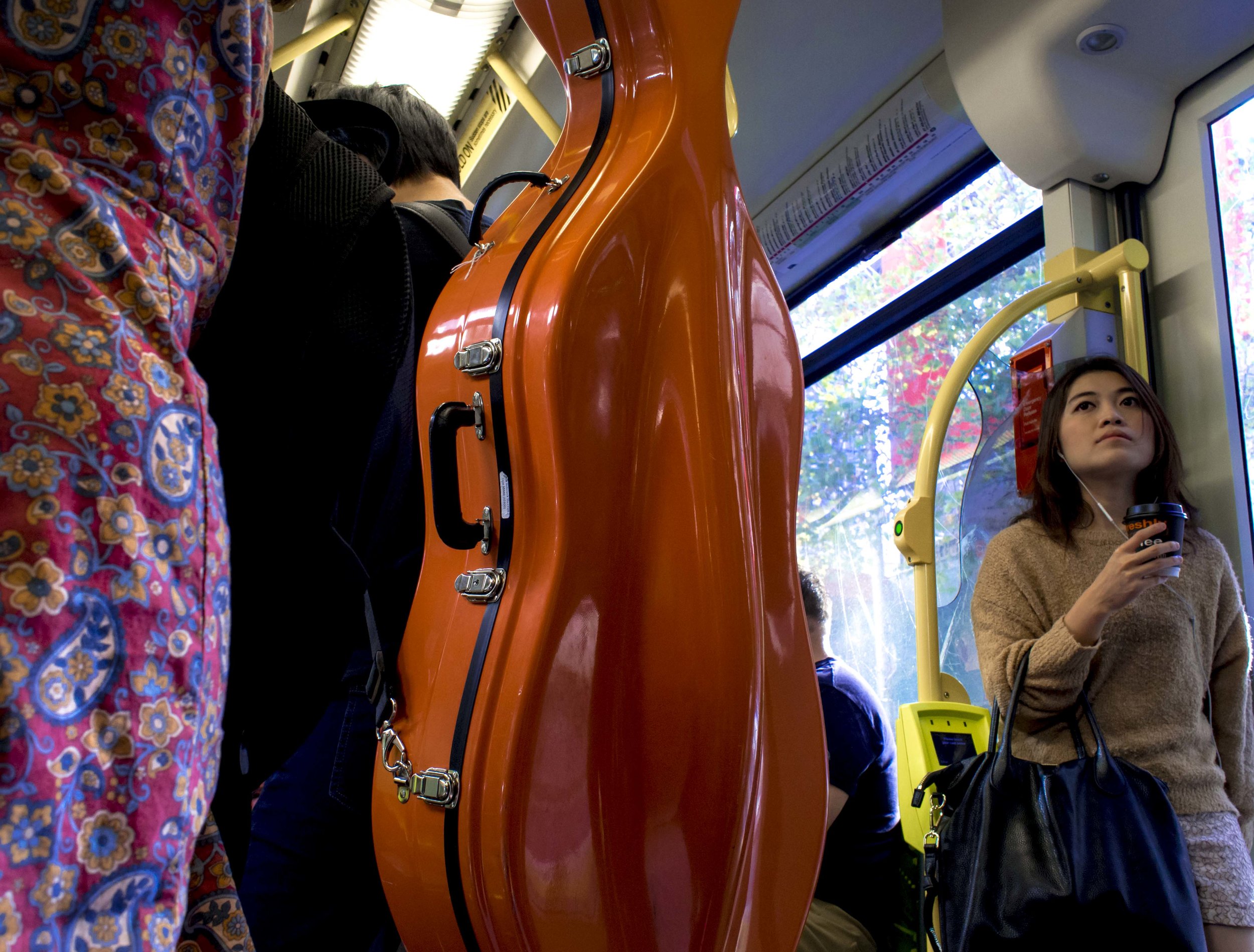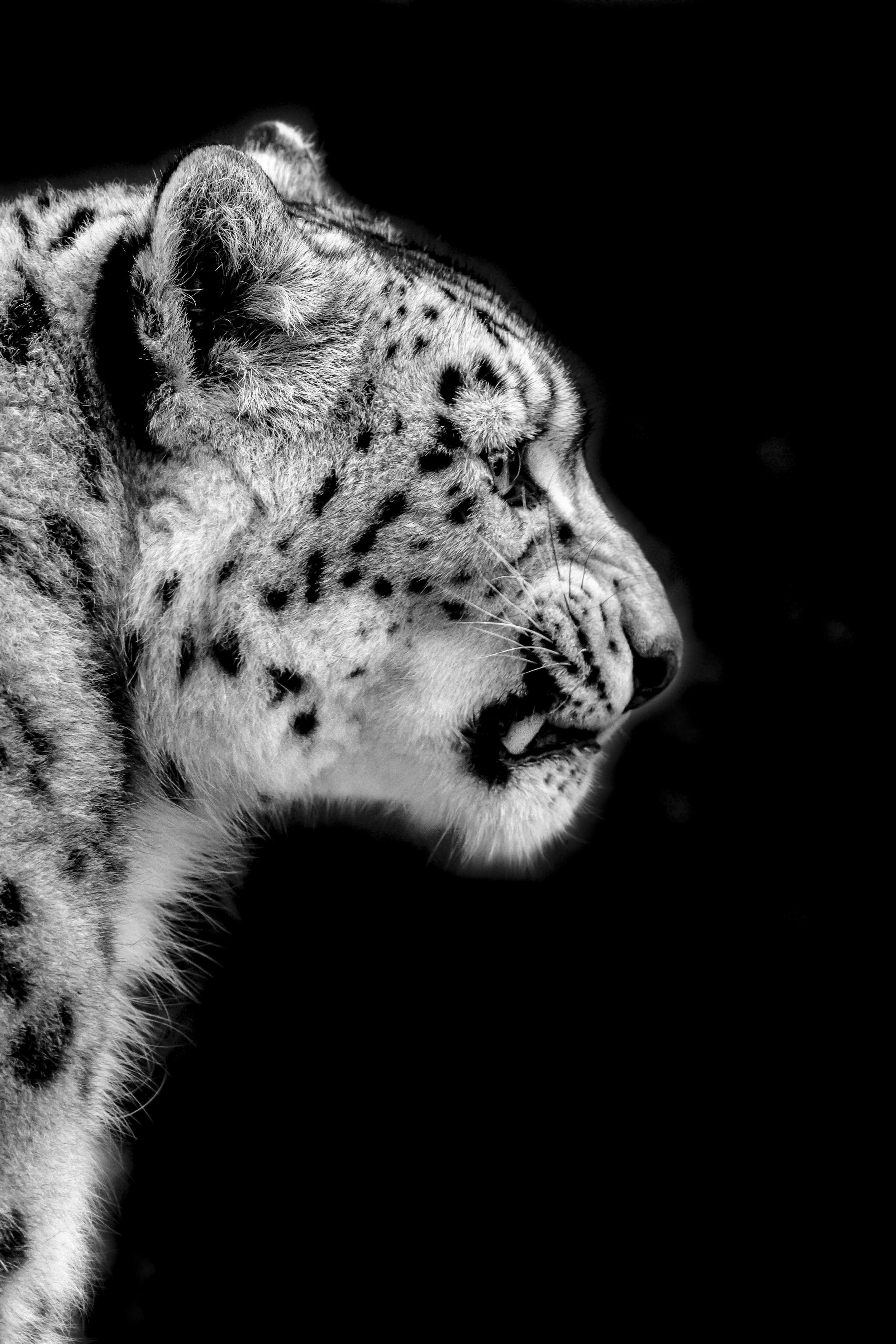I will (I have promised myself) test the new zoom against my older lenses, but today offered a chance to try out the (re)mated Pen F and 12-100 in the field. The venue was a magnificent day mush against the trend of this spring, at a local spring flower show. All images are standard res, hand held.
First up, I found another reason to use the Pen F as my tripod camera. It’s accessory grip slides into the Arca Swiss style Pro Master ball head I recently purchased. Brilliant. This means it does not matter if I loose the plate and also I can fit the plate to my backup camera.
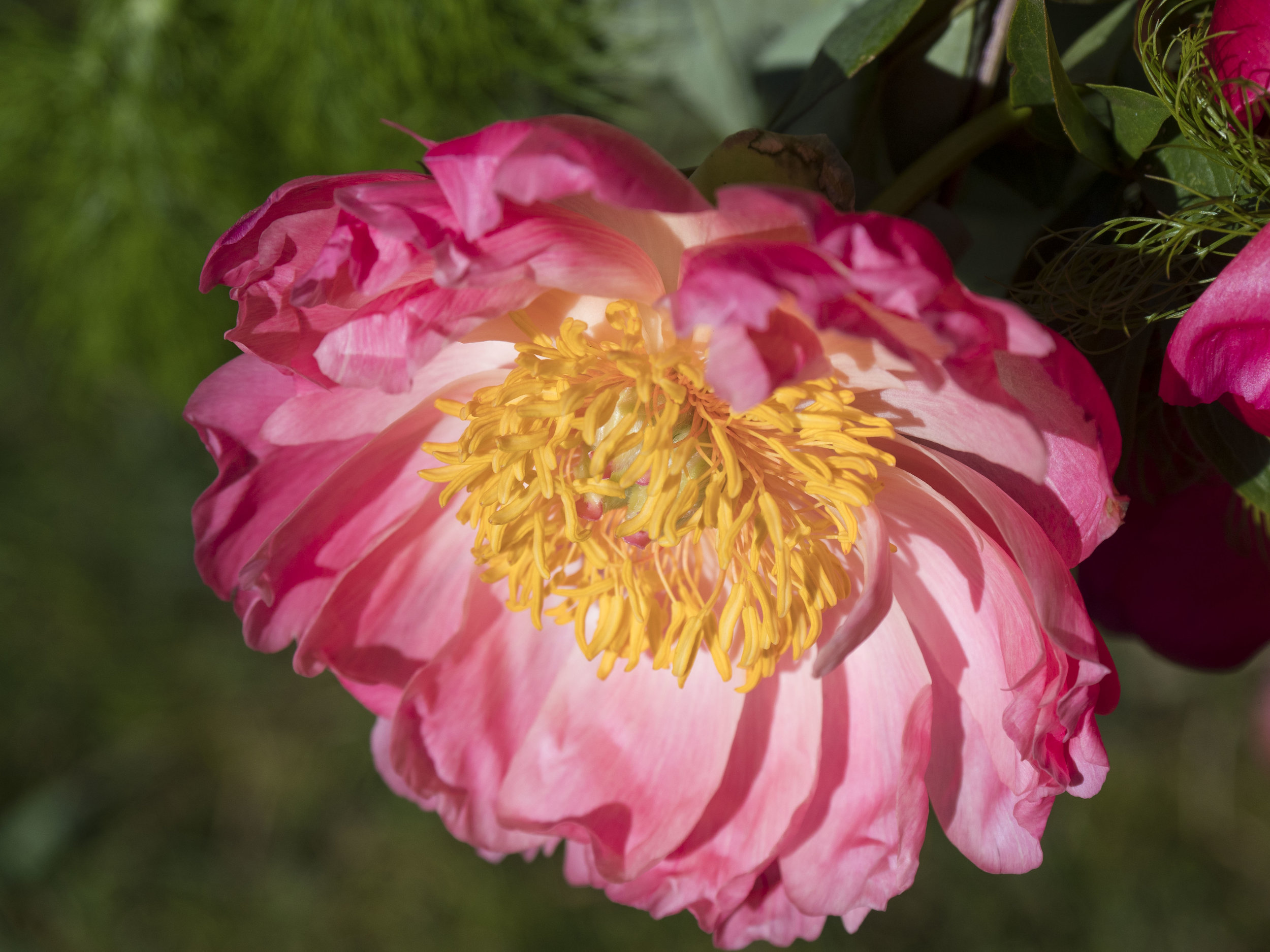
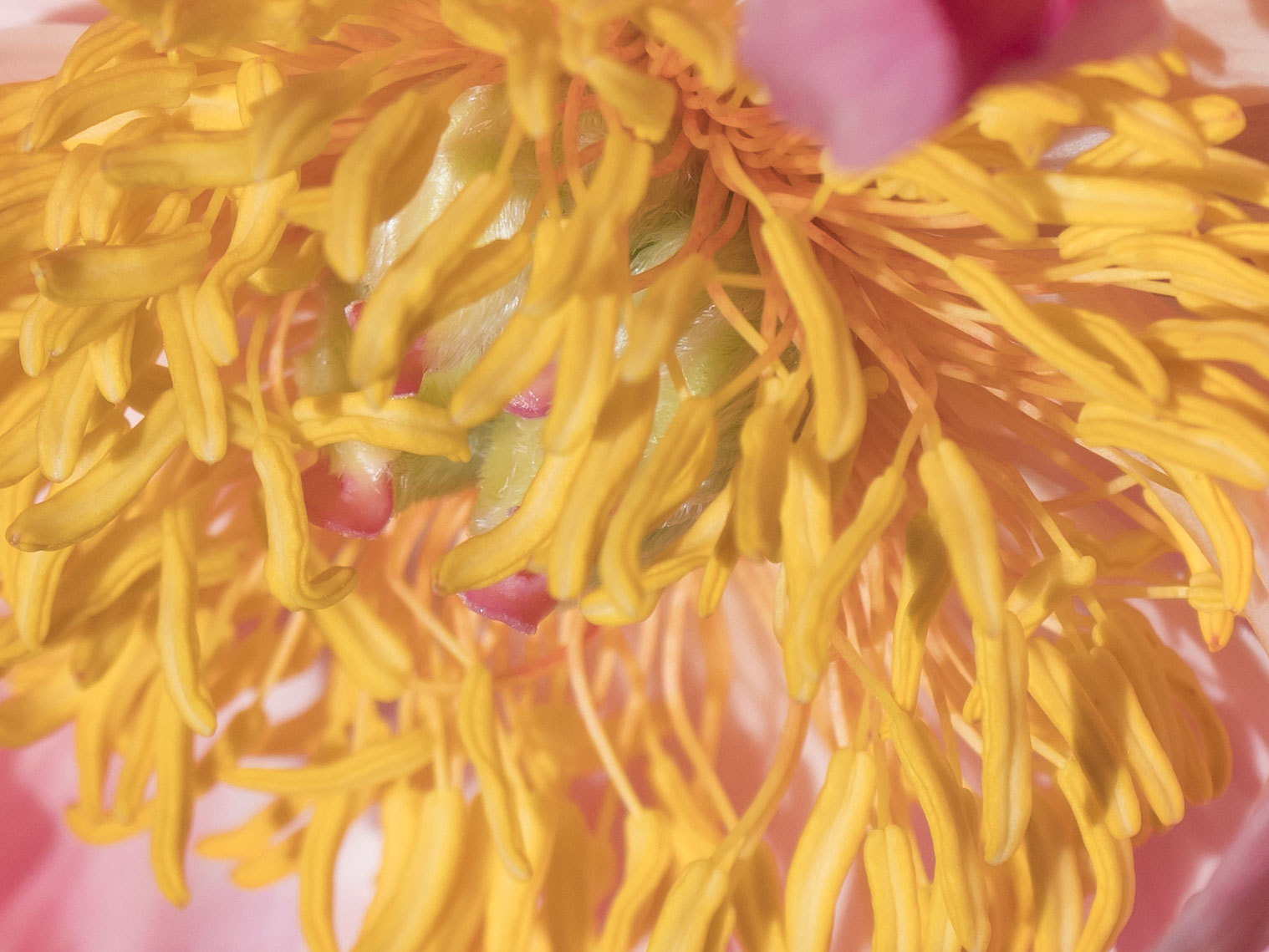
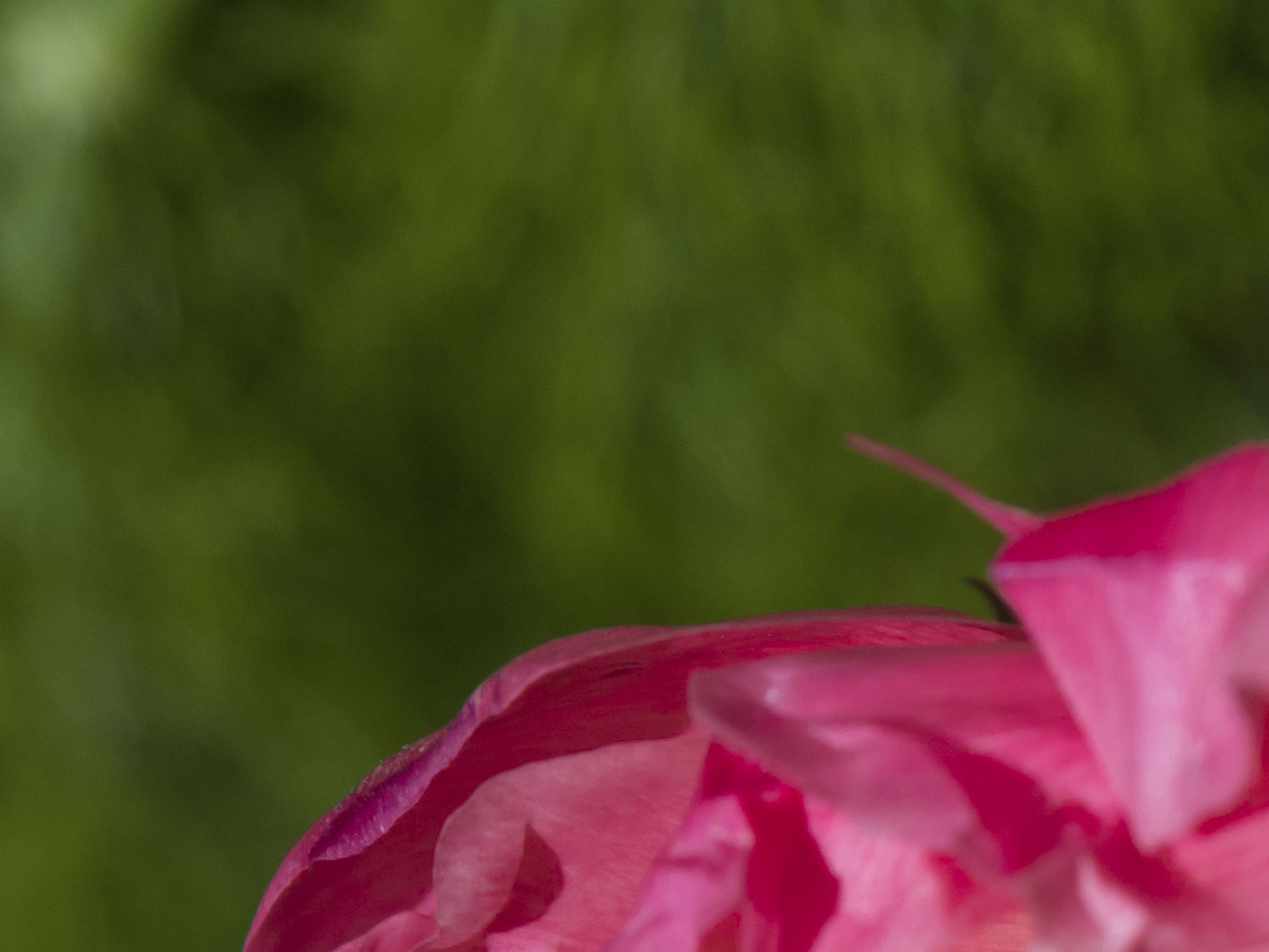
Ok. Lets look at what appears all by itself when reviewing the images. This file shows two things. Firstly, really accurate focussing. Secondly some odd, nervous or even borderline ugly background Bokeh. Bokeh is not a big issue, because the lens was purchased for landscapes and macro images, where DOF is either maximised or is so shallow, blurring is strong enough to make it overwhelming.
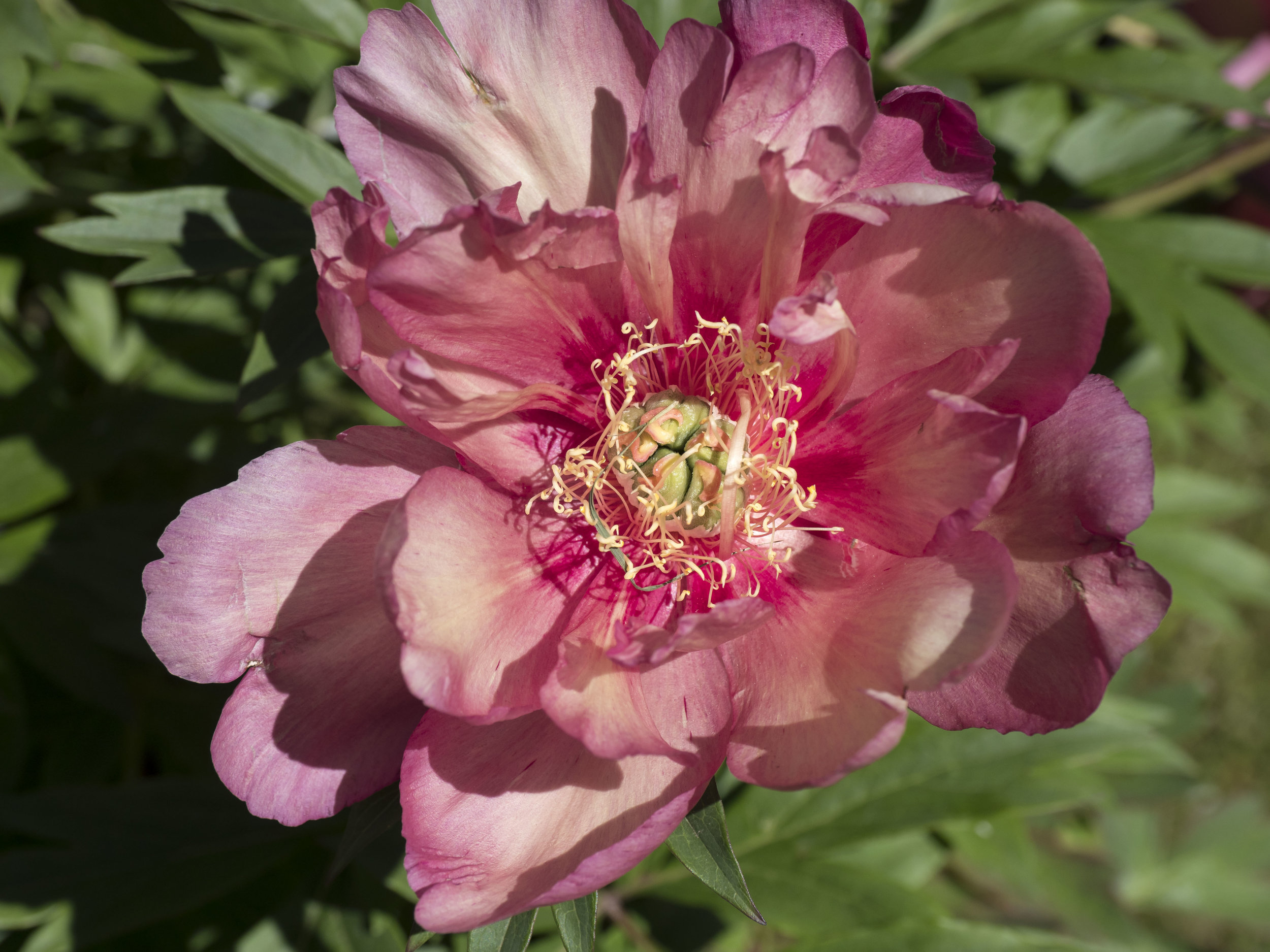
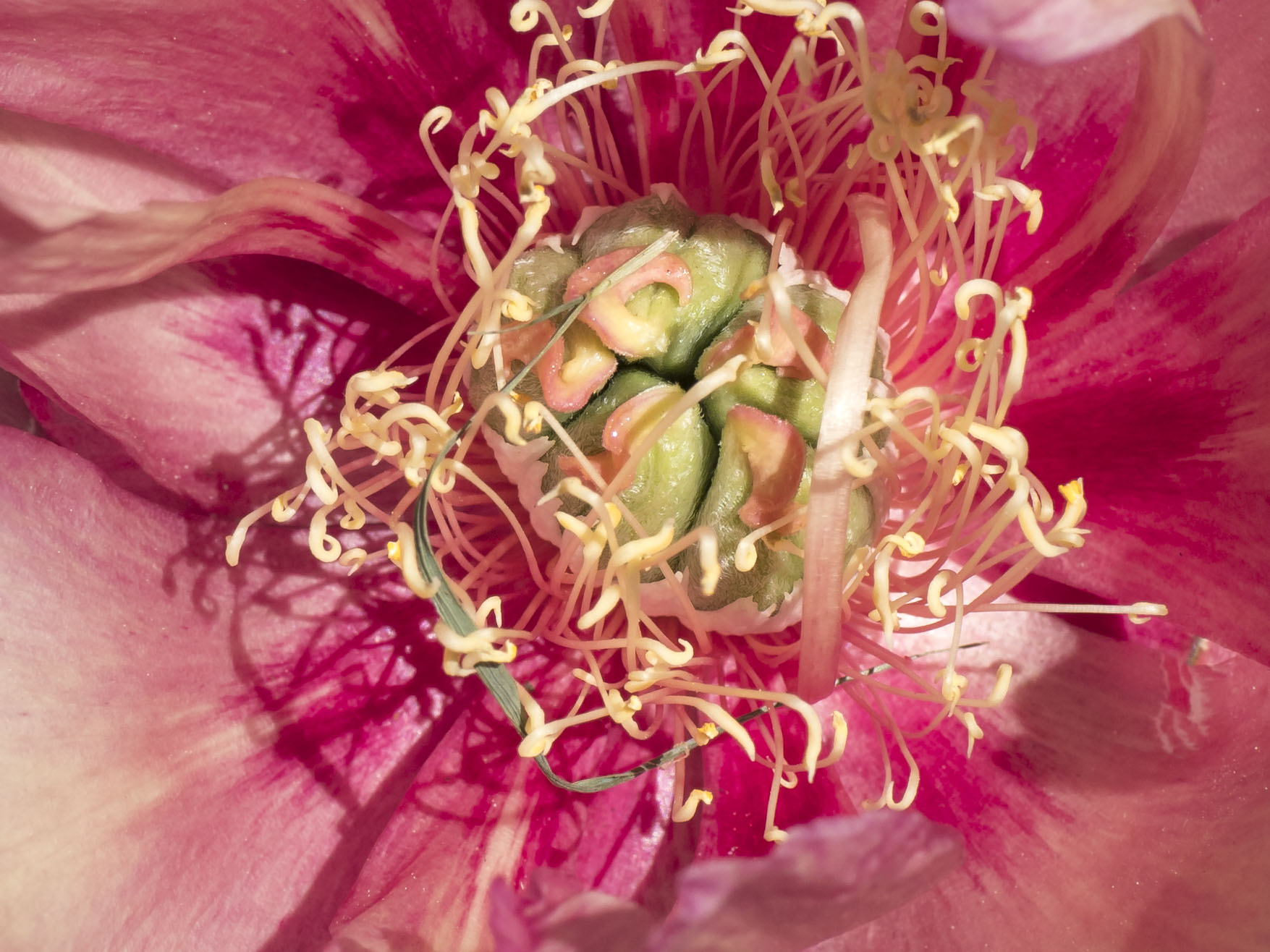
The lens really is sharp. Post process sharpening is mild in Lightroom (from +20 to +40 maximum), but attention should be paid to radius which seems to be better a little lower than the Lightroom base. A little brush work makes all the difference, but again should really be limited to mild (+10-15) contrast, clarity and sharpening or it becomes too visible.
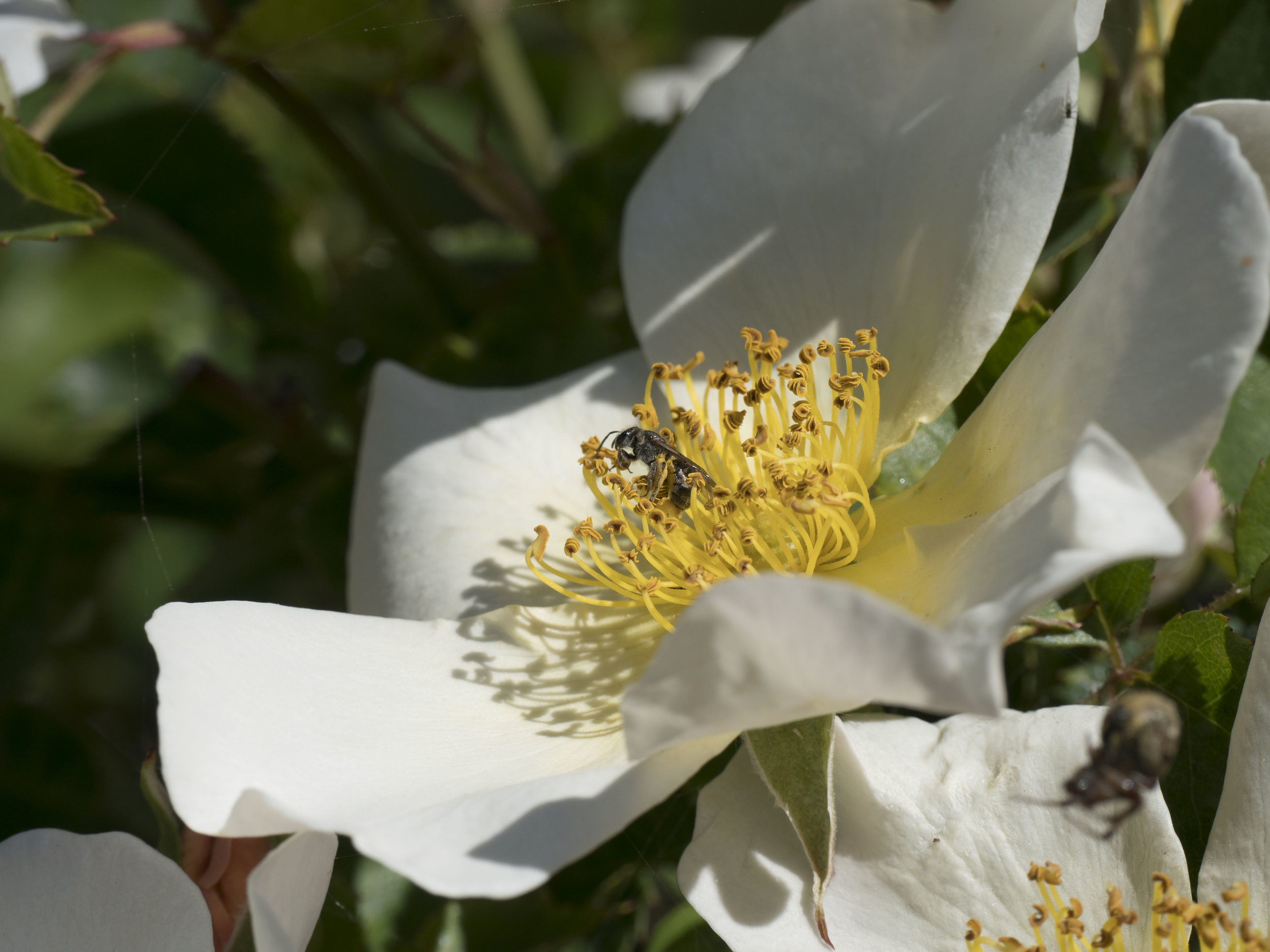
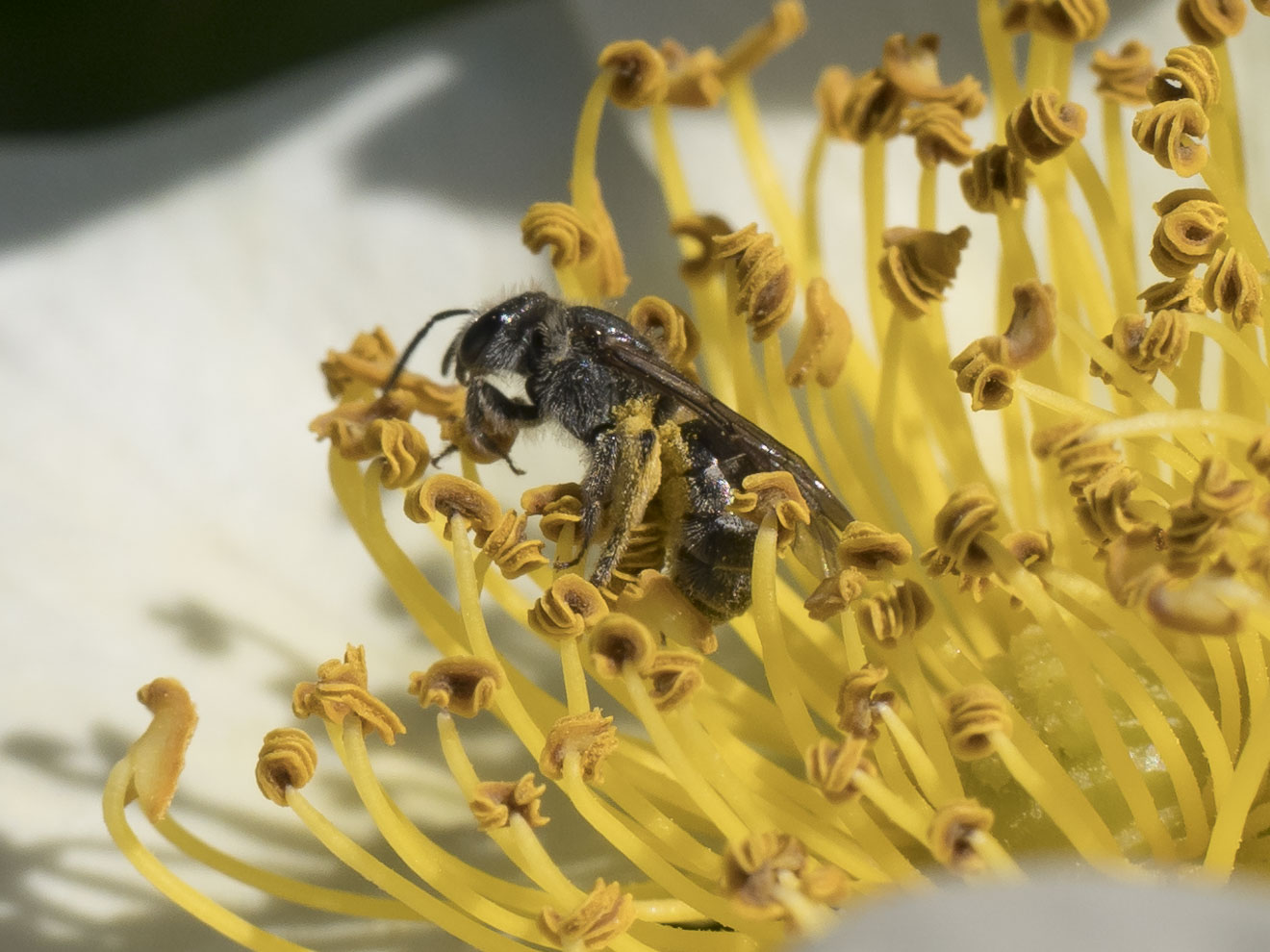
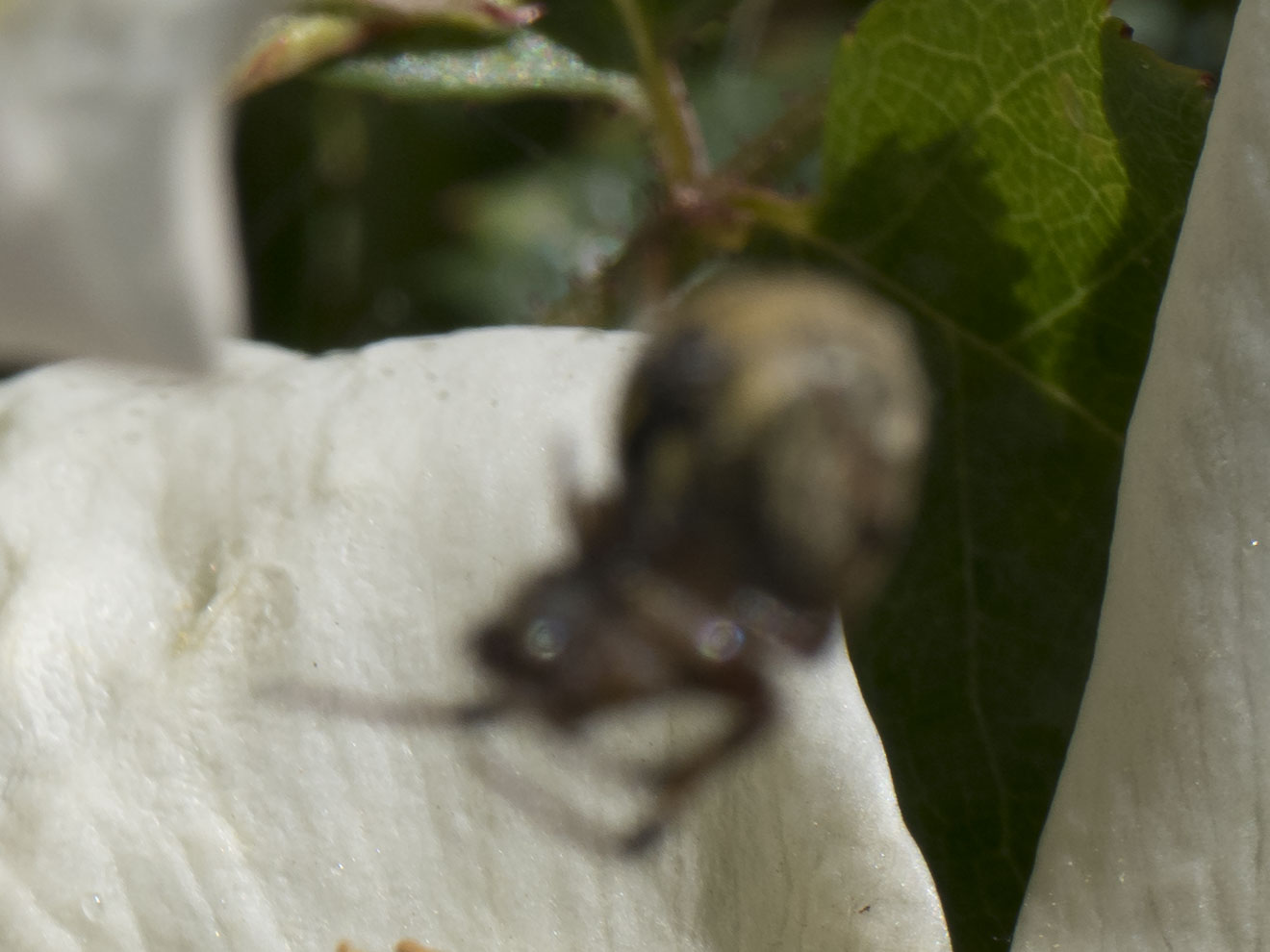
Macro really is good enough for an occasional user, but one should always look out for “Ninja Bokeh Spiders”.
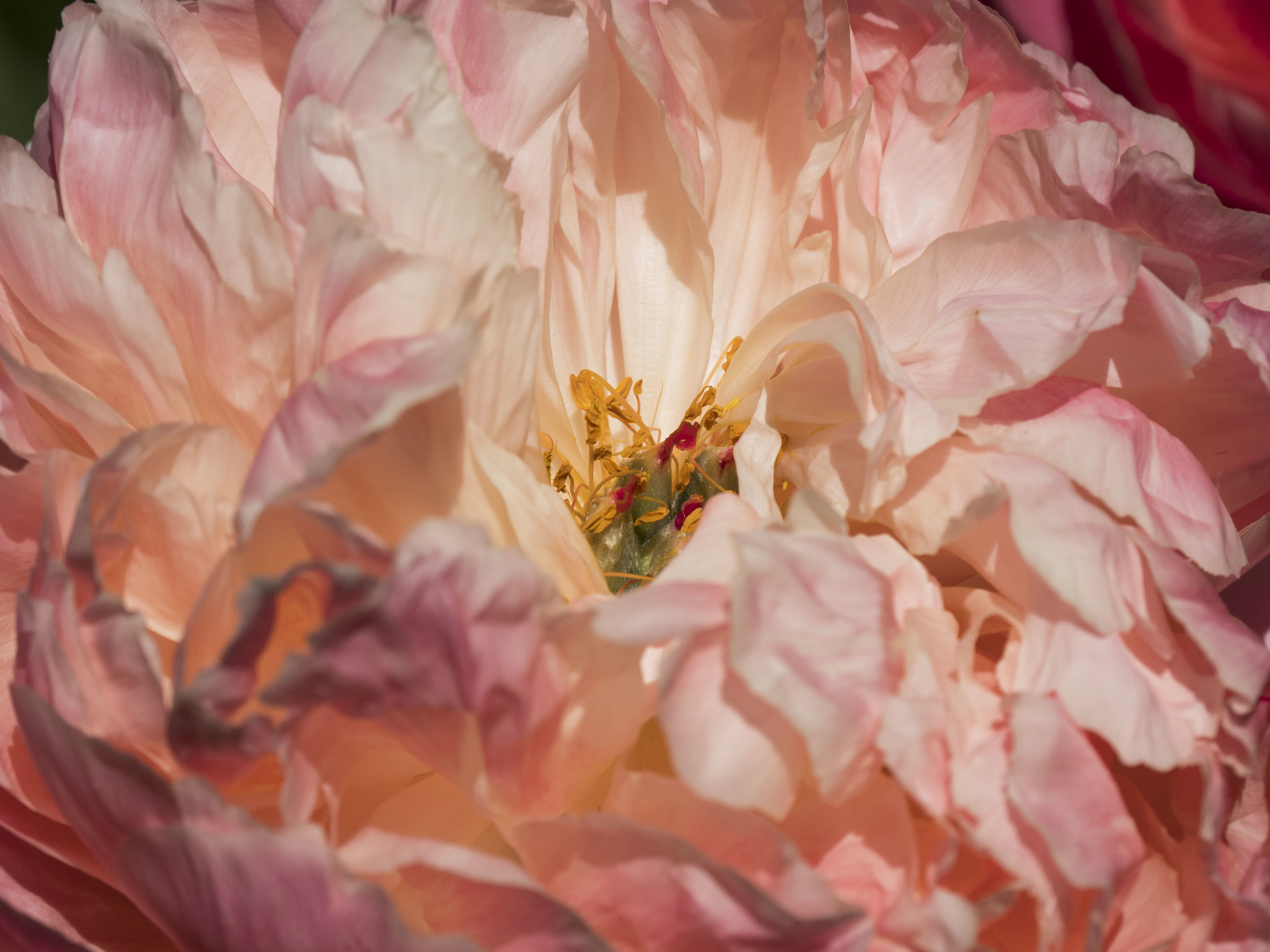
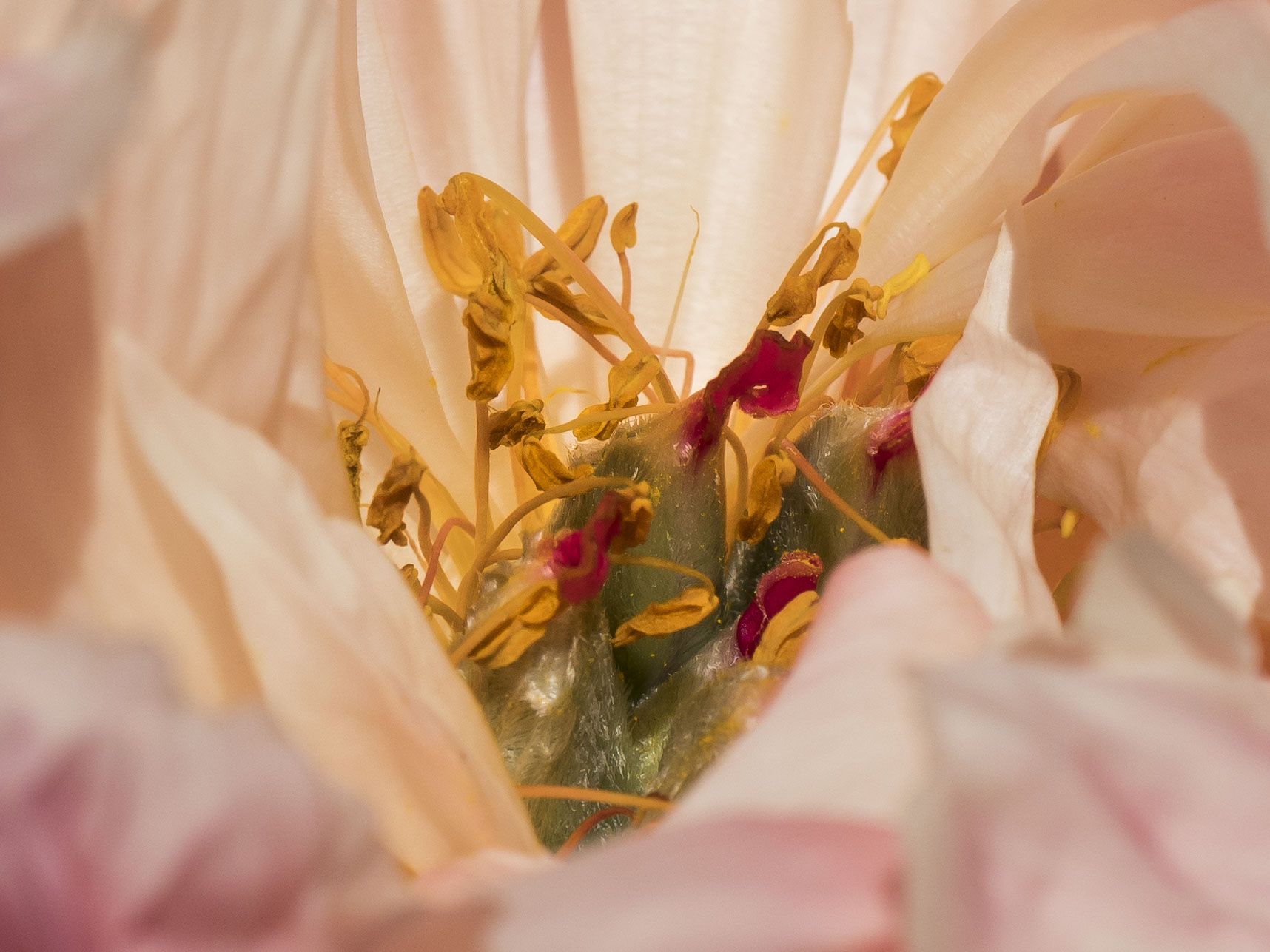
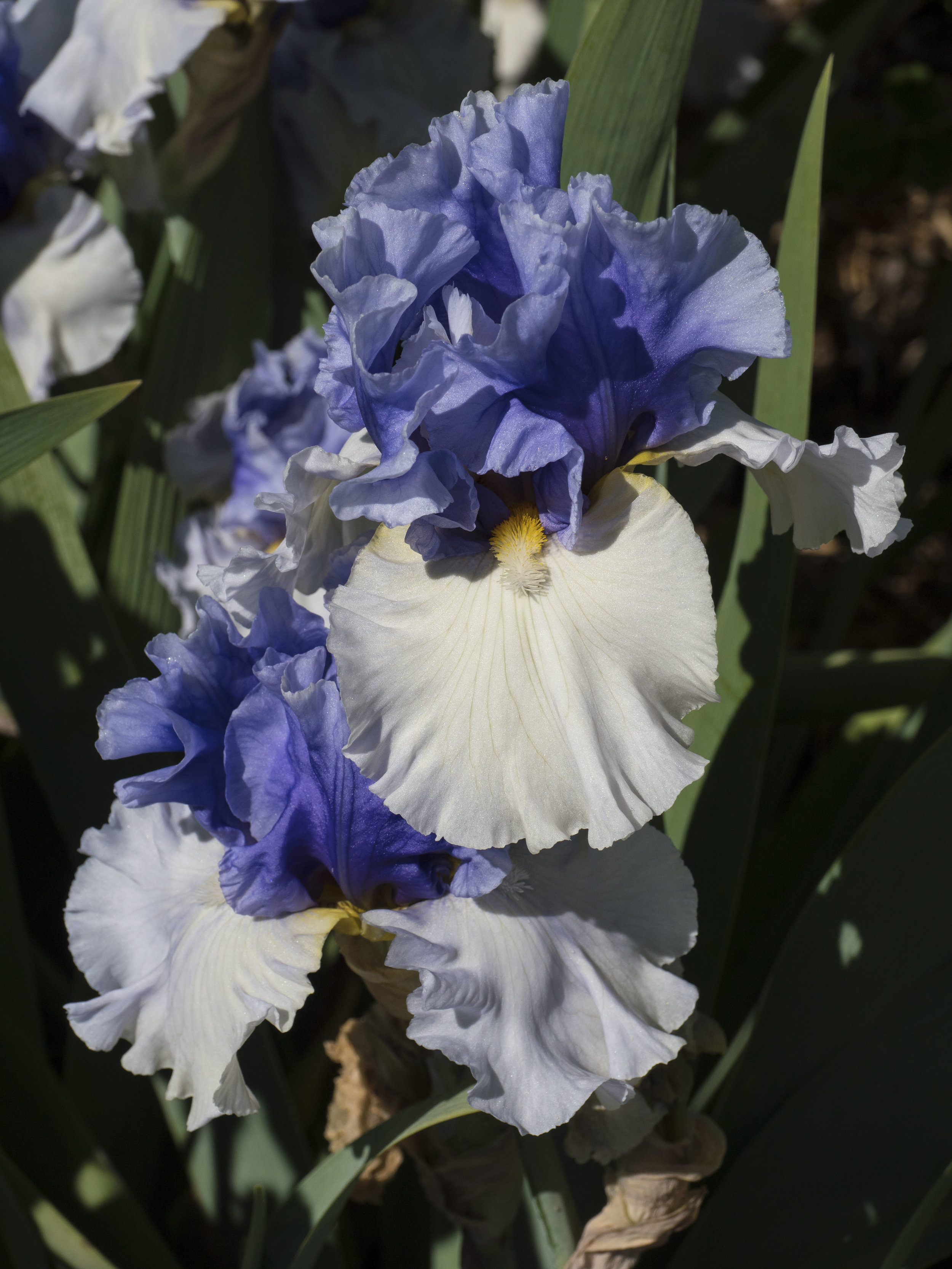

Detail really is good enough to do the job without resorting to High Res images, meaning hand held and windy day shooting is not a compromise of basic expectations.
All I need to do now is make sure the lens and camera combo performs as well at all focussing distances and all will be good.
Thoughts after the days shoot.
The pairing is cumbersome in the hand, almost clumsy, which is kind of ideal as it is not how I intend to use either. It makes the camera more of an old school work horse rather than a slick street shooter (I know that was what it was designed for, but retro cuteness aside, I just don’t feel it). Changing cards and batteries on the fly is a pain with the little door on the bottom locked by a thumbnail tab opening latch and the camera is generally less intuitive in the hand, but works well for more considered shooting. The image quality is also a little sharper or finer rendering, which suits considered, fine art work. I have also never liked the “flappy” sounding shutter which I can totally avoid using the electronic one.
The EM1 shows all of it’s best qualities when used in hand. Matched with fast primes, long tele’s and with it’s better high ISO performance it is simply more powerful than the older cameras. The responsive “soft touch” shutter button and smooth quiet shutter, less fiddly layout (such as an exposure compensation dial that does not need two fingers to change!), a latch style battery door and much bigger battery and twin card slots eliminating the need to change in a days shooting (as do both batteries with the grip). It also just feels great in the hand, with or without the grip.
This “all things in their place” dynamic is all I need for balance to be restored.









